 Abraham Lincoln
If given the truth, the people can be depended upon to meet any national crisis...
Abraham Lincoln
If given the truth, the people can be depended upon to meet any national crisis...
 Guildford news...
for Guildford people, brought to you by Guildford reporters - Guildford's own news service
Guildford news...
for Guildford people, brought to you by Guildford reporters - Guildford's own news service
Birdwatcher’s Diary No.183
Published on: 22 Mar, 2019
Updated on: 22 Mar, 2019
By Malcolm Fincham
A few hints of spring activity was starting around Surrey countryside during the first weeks of March. The fine warm weather of late February had ignited the fuse, despite an unsettled start to this month.
At the Riverside Nature Reserve, near Burpham on March 4 a chiffchaff could be heard singing. The first one of the year for me.
The sound of wrens could also be heard. Mostly seen fleetingly, occasionally one would perch up low in the undergrowth, letting out the full repertoire of its “machine-gun” like sound.
Along the boardwalk near the open hide where the sallows had been recently cut back to create a clear view of a pool of water in the glade, a small “fester” of frogs could be seen, some already spawning.
Sad news is that the confiding grey heron, having spent most of the winter by Stoke Lake at the reserve, had met its fate. Perhaps too trustful to a predatory fox or mink?
Over the lake, a sparrowhawk circled.
Comparing pictures with one I took of a goshawk a while ago in another Surrey location, shows the considerable difference in their structure.
At Trigg’s Lock, near Sutton Green on March 5, a pair of common buzzards could be seen, displaying over the fields nearby.
My best sighting had to be a little owl, even catching a few pictures of it as it flew low across a field, eventually settling in a tall tree on the far side of the meadow.
A brief visit to Whitmoor Common saw a pair of green woodpeckers courting each other as the daylight began to fade.
While a flock of 10 or so linnets came in to roost, perching in a tall silver birch tree.
An overcast and rainy afternoon on March 6 left me “kicking my heals” on what to do. Recent reports of two bramblings among a group of chaffinches tempted me in the direction of Tice’s Meadow near Tongham for a couple of hours.
Tice’s Meadow is situated between Badshot Lea and Tongham, on the Surrey-Hampshire border.
It operated as a 140-acre quarry between 1998 and 2010, extracting aggregates.
On recommendation of the Surrey Bird Club due to its bird assemblages, Guildford Borough Council adopted the site as a site of nature conservation interest (SNCI).
Recent work by a group of enthusiastic volunteers and bird watchers have include a birdwatching hide.
A large cabinet-like structure has recently been erected as an artificial sandbank in the hope to attract sand martins, while bat and bird boxes have been erected around the site.
Of most interest to me that day was the feeding station area. Despite the inclement weather, it was attracting quite a variety of species.
These included numerous house sparrows.
A few siskins.
Numerous chaffinches.
A great spotted woodpecker.
A pair of shy looking bullfinches spent much of their time perched close to each other on a nearby branch, watching all the other birds feeding. Eventually they built up the courage to come and join the feast.
And after much patience on my part, even a brambling eventually took a seat at the table.
On a visit to Farnham Heath on March 8, I was able to add a woodlark as a year sighting, as I caught a view of it as it flew overhead.
As I sat on one of the benches there taking in the peaceful surrounding and drifting into a dream, I was suddenly alerted to the “scratchy” sound of a Dartford warbler. On looking across the path, I could see some movement in the heather, not far from where I sat.
On my journey back home I found time for a brief visit to Cutt Mill Pond in Puttenham, where I was surprised to see a pair of goosanders were still wintering on the lake.
The news of a mealy (common) redpoll, visiting a garden with 11 or so lesser redpolls, tempted me out to Chobham with the addition of friends Bob and Dougal. It had been reported on and off during previous weeks.
My apprehension of peering over someone’s garden fence and to stare at a stranger’s feeding station left me a little concerned. Fortunately, my fears were soon put to rest. We found the resident was a keen birdwatcher too. And a highly hospitable one at that. Unfortunately, although he allowed us into his garden and we were all able to get a few views of it, it was less trustful of us than the other birds there. It spent most of it time away from the feeders, making it too elusive to photograph.
I was, however, rewarded with some of what I felt some decent photos of the lesser redpolls.
I also noticed, while taking far more photos than I required, that one of them was wearing a leg ring. This was a BTO (British Trust for Ornithology) ring, used widely throughout the UK.
I also took some reasonable shots of the siskins there.
While a very confiding robin followed us around the garden, inquisitive of our presence.
A mixed bag of unsettled weather continued through to the middle of the month, at times blowing strong winds across the countryside. A reasonably dry afternoon, carrying just a few showers in a strong breeze on March 14, blew me in the direction of Papercourt Water Meadows.
In the trees around the meadow redwings and fieldfares could still be seen and heard. “Soon they will be making their return to their summer breeding grounds,” I thought, surprised to see so many still there.
Some 30 or more linnets could be seen across a stubbled piece of land near the meadows as they took flight, only to land, again in another area of the field. Then disappearing once again, out of sight. Occasionally, one of the linnets would perch up on one of the stems, as if on lookout duty.
On the water meadows I was surprised to see the barn owl was already out hunting. It was only 4.30pm, with more than another hour’s daylight still remaining.
As I watched it quartering the field, it suddenly made a dive into the long grass out of my sight. Realising I was also out of its view too, I took the opportunity to take the path that led closest to it in the hope of getting a few better pictures.
Unfortunately, a dog walker had inadvertently let his dog loose and it ran in the direction of the owl.
Spooked, the owl took flight, allowing me just a few shots of it as it flew high and wide of me past the buildings by the canal and headed toward the far end of the field.
A pleasing end to the day. However, although distant to view was the short-eared owl, still happy to be wintering there.
At the Riverside Nature Reserve a few wintering birds were also lingering, as we approached the middle of the month.
More than 20 tufted ducks could be counted on Stoke Lake.
Wigeon and teal could also still be viewed across the river by Burpham Court Farm.
The shoots of spring were now starting to emerge. A great crested grebe flew against the wind, across Stoke Lake.
Blackbirds flew back and forth in an industrious manner by a blackthorn hedge, still in blossom.
As well as the early blossom, lady’s smock was just starting to flower in the marsh areas surrounding the boardwalk.
At least two pairs of long-tailed tits had already begun nest building in a thicket of brambles. Hopefully too discreetly for those magpies and jays to prey on their young as they grow.
The male and female work together to build their nest and it is shaped rather like a bottle, usually with a roof and an entrance hole near the top.
They construct it in a bush or in the fork of a tree from moss, camouflaged with lichen with interwoven cobwebs and sometimes bits of paper stuck on the outside.
To make the inside cosy for the eggs and chicks, as many as 1,500 feathers are added. They pick up stray feathers, or even from the bodies of dead birds in a kind of recycling.
For the time being, jays were still foraging around the reserve looking for acorns they had hidden during autumn. For sure, it will not be long before they will be looking for vulnerable nests, such as those of long-tailed tits in hope of pillaging them of their chicks.
Several male reed buntings could be seen with their summer plumage black heads.
Grey wagtails followed each other up and down the River Wey near Stoke Lock.
Close to the boardwalk, a fine buck roe deer with velvet covered antlers could be seen grazing in the marsh.
With spring fast approaching and early reports of some of our summer visiting birds already beginning to arrive, although not personally seeing any of them, I continue to wait, “eyes to the skies”, for my first summer sighting.
Meanwhile, in Woking town centre the pair of peregrines had already started their breeding season, having now laid five eggs. Progress can be once again this year on a webcam.
Recent Articles
- Dragon Interview: Council Leader on the Latest HRA Report
- Stage Dragon: Murder on the Orient Express – Yvonne Arnaud Theatre
- Letter: GBC Improvement Work Was Hampered By Its Culture
- Letter: Half and Half is the Solution for Clandon House
- Camberley’s House of Fraser To Be Left Mothballed
- HRA Report Shows Overspend and Possible Fraud Occurred Despite Many Warnings
- Letter: Those in Elected Office Should Refrain from Deliberately Misleading the Public
- Cup Run Ends After City Fade in Second Half
- Press Regulator Condemns Behaviour of News Group Newspapers
- MP Says Raw Sewage Flooding Gardens Is ‘Absolutely Disgusting’ – ‘Thames Water Must Stop It’


Search in Site
Media Gallery
Dragon Interview: Local Artist Leaves Her Mark At One of England’s Most Historic Buildings
January 21, 2023 / No Comment / Read MoreDragon Interview: Lib Dem Planning Chair: ‘Current Policy Doesn’t Work for Local People’
January 19, 2023 / No Comment / Read MoreA3 Tunnel in Guildford ‘Necessary’ for New Homes, Says Guildford’s MP
January 10, 2023 / No Comment / Read More‘Madness’ for London Road Scheme to Go Ahead Against ‘Huge Opposition’, Says SCC Leader
January 6, 2023 / No Comment / Read MoreCouncillor’s Son Starts Campaign for More Consultation on North Street Plan
December 30, 2022 / No Comment / Read MoreCounty Council Climbs Down Over London Road Works – Further ‘Engagement’ Period Announced
December 14, 2022 / No Comment / Read MoreDragon Interview: GBC Reaction to the Government’s Expected Decision to Relax Housing Targets
December 7, 2022 / No Comment / Read MoreHow Can Our Town Centre Businesses Recover? Watch the Shop Front Debate
May 18, 2020 / No Comment / Read More





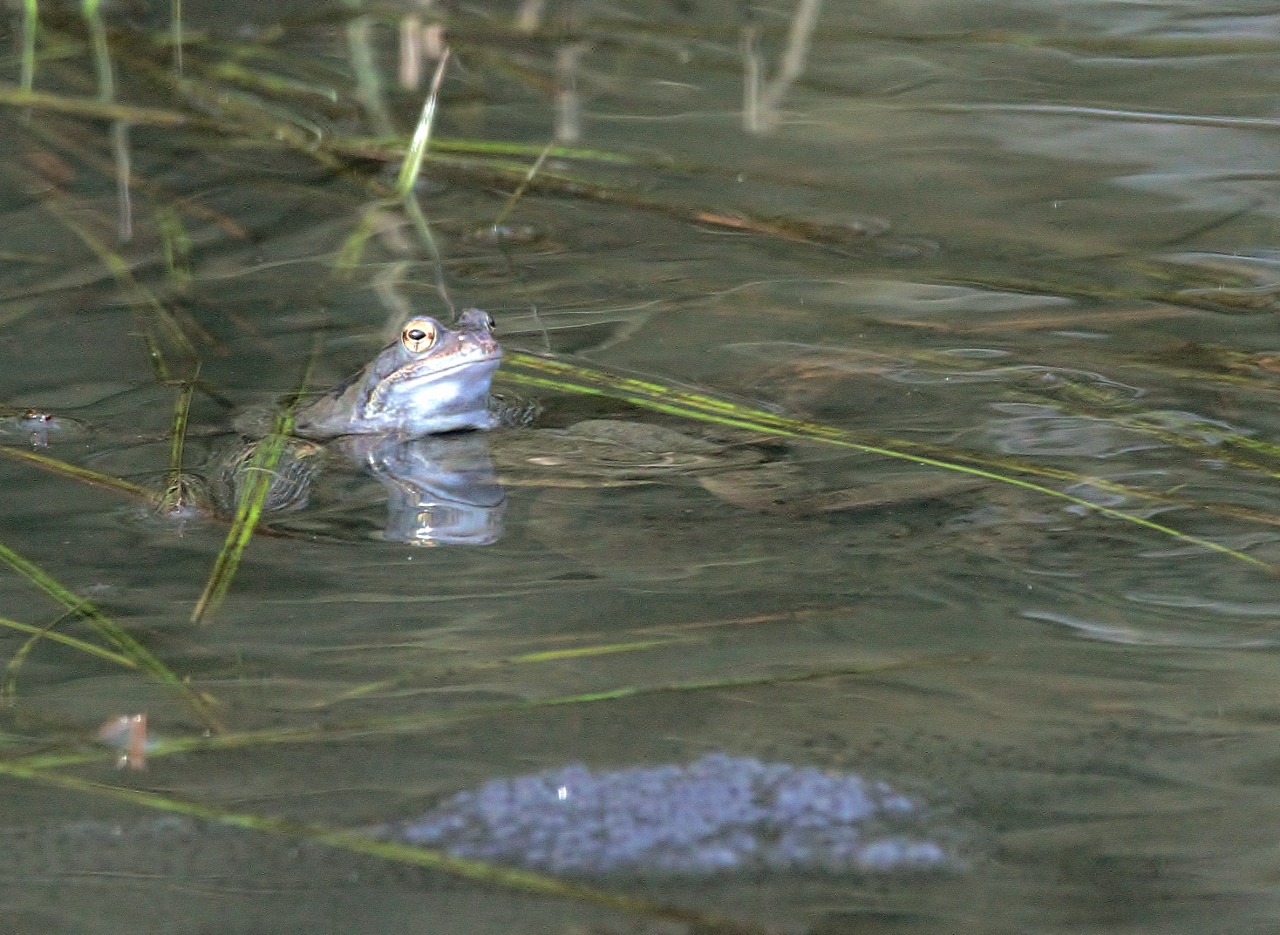
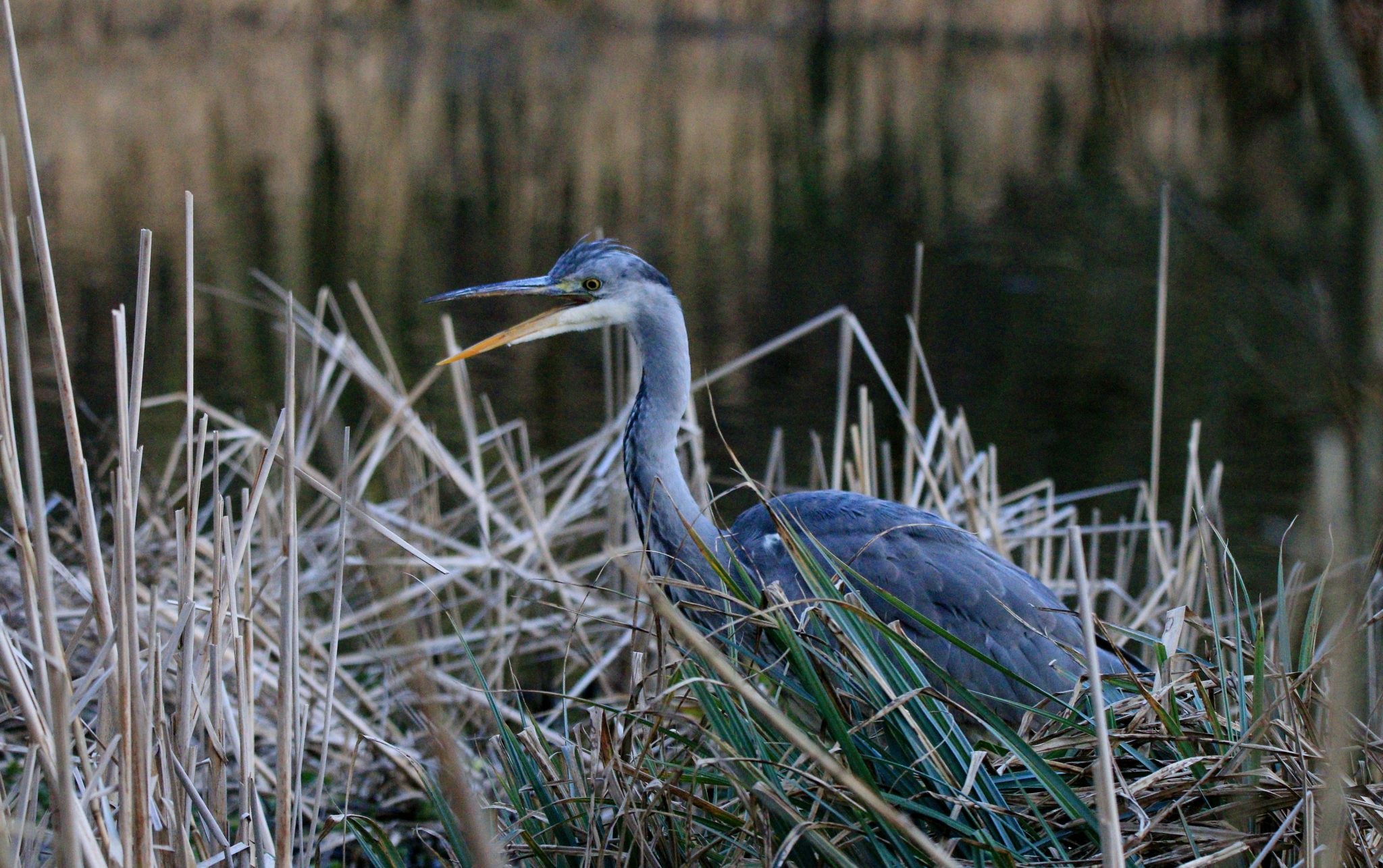

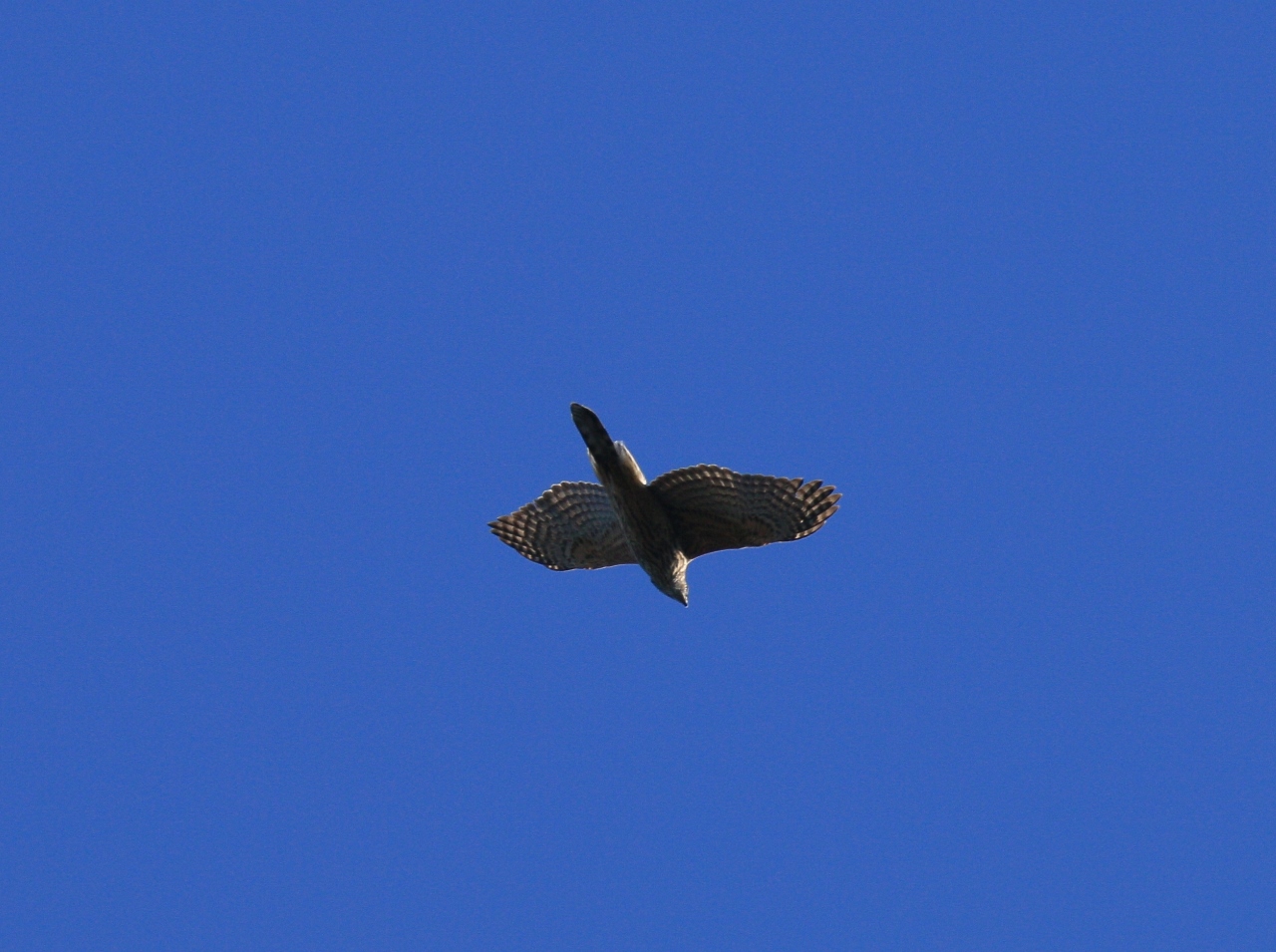
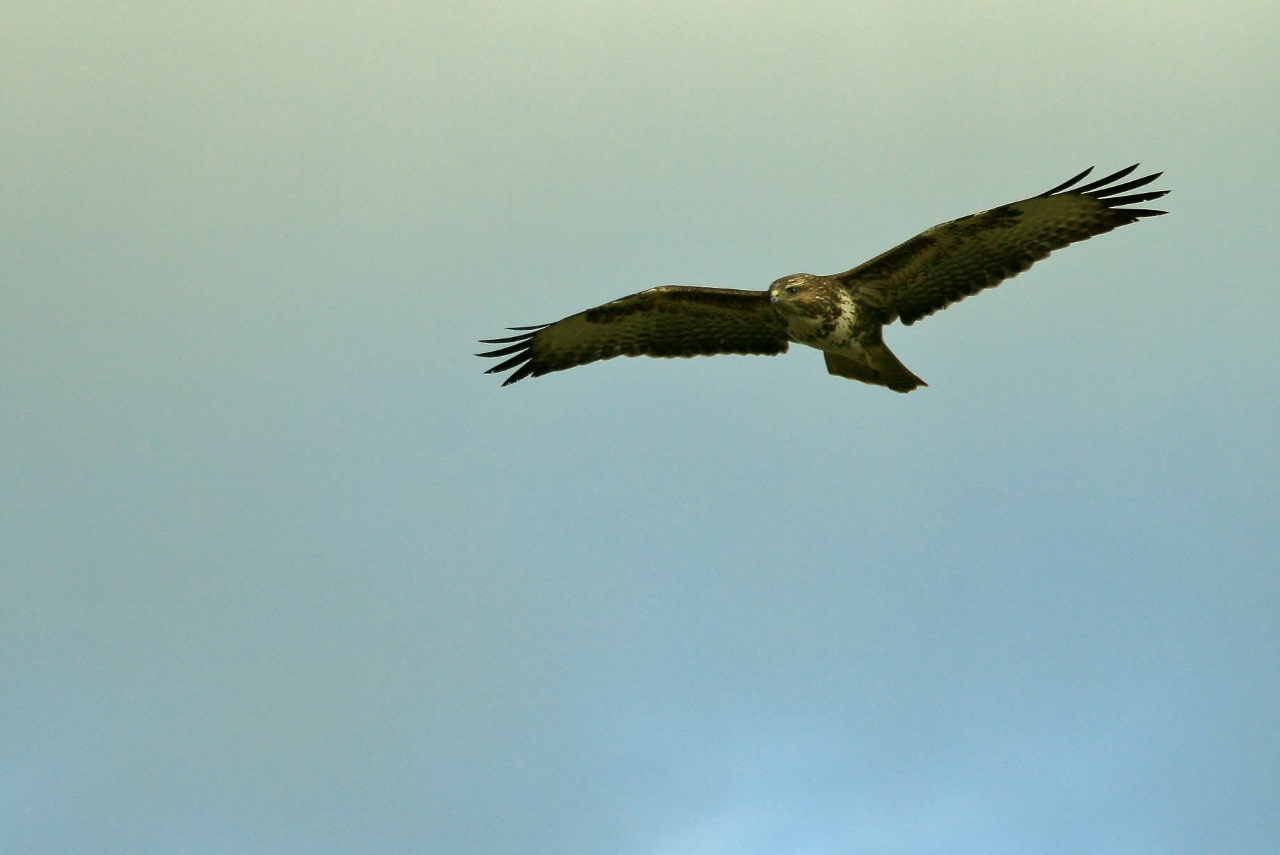
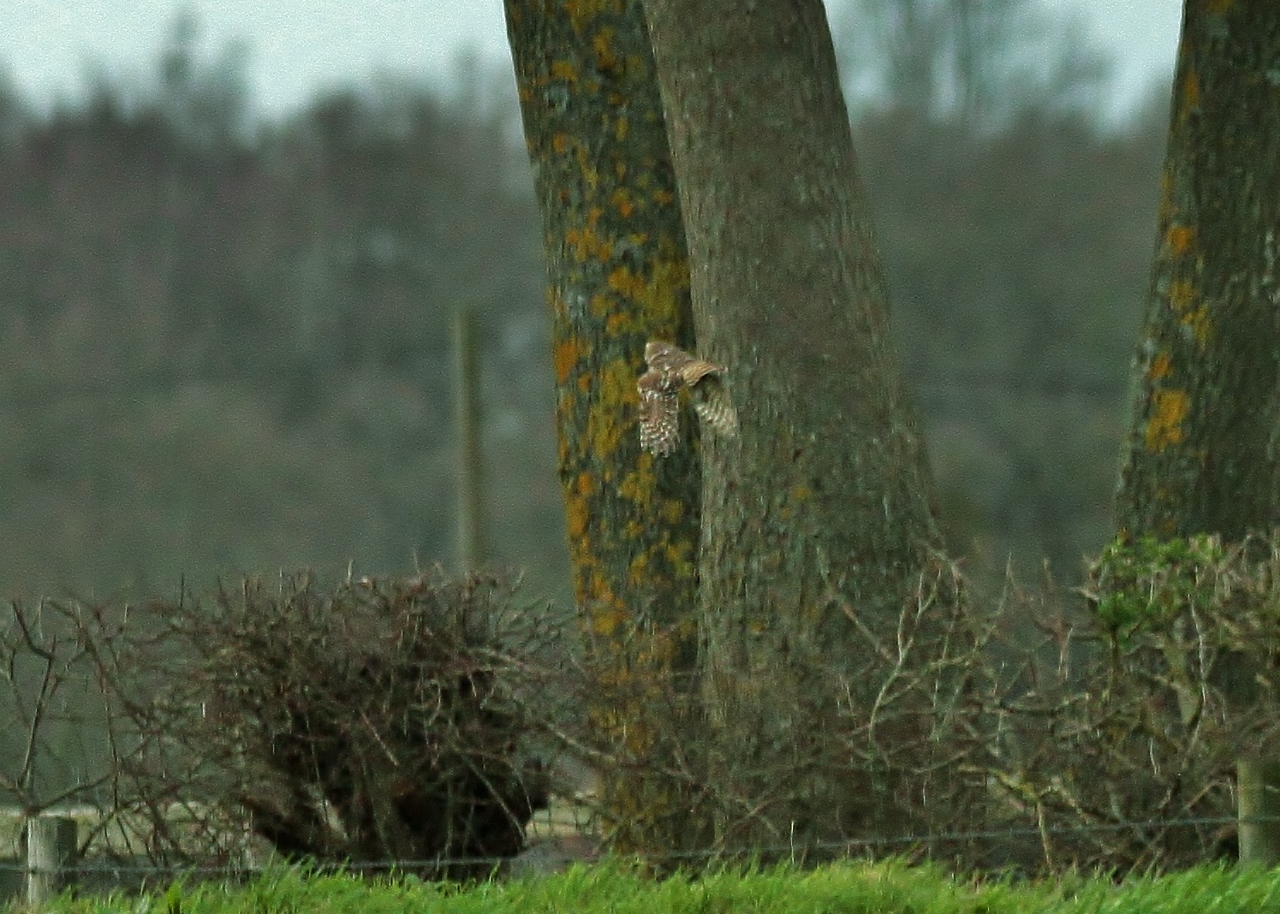
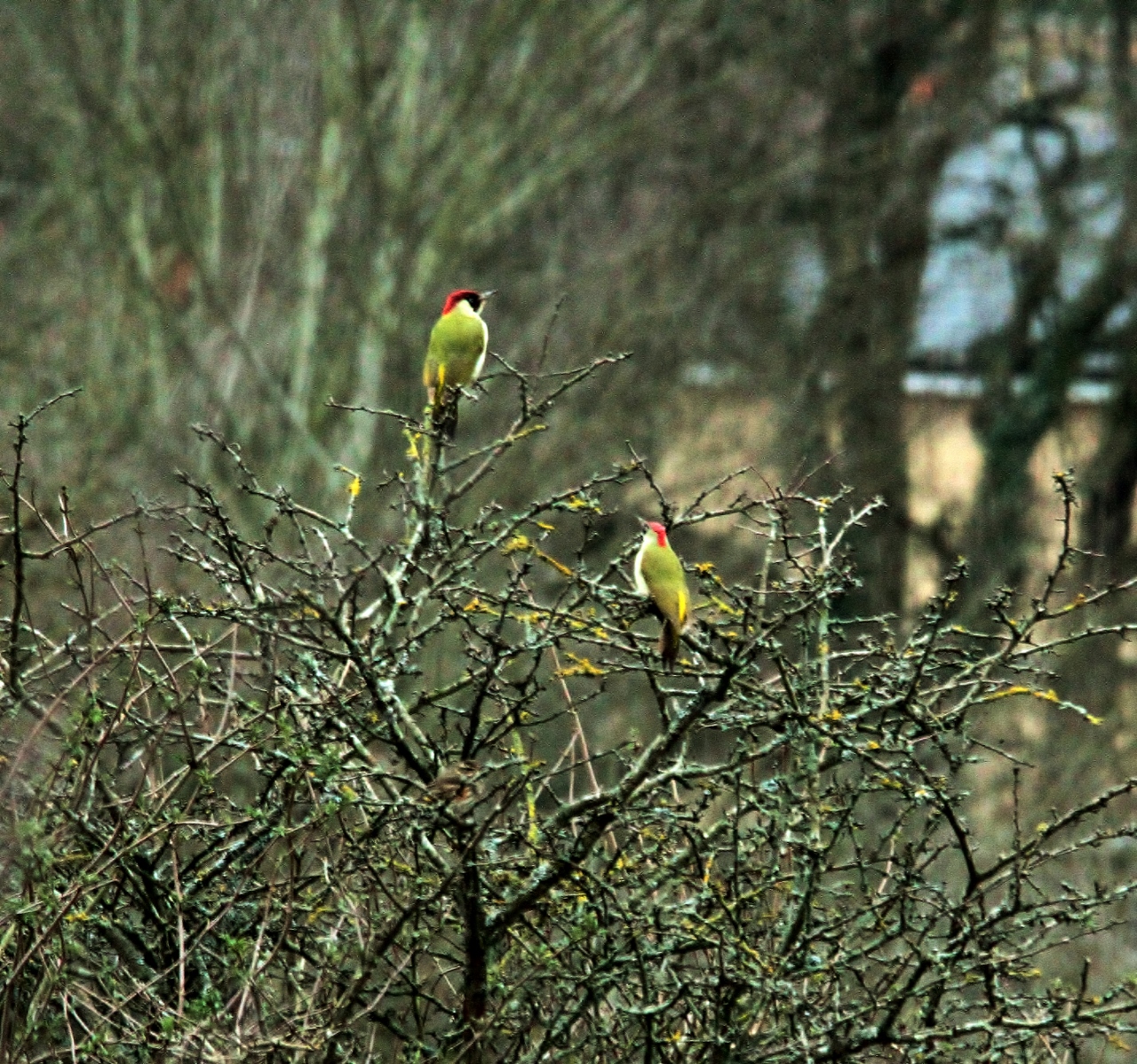
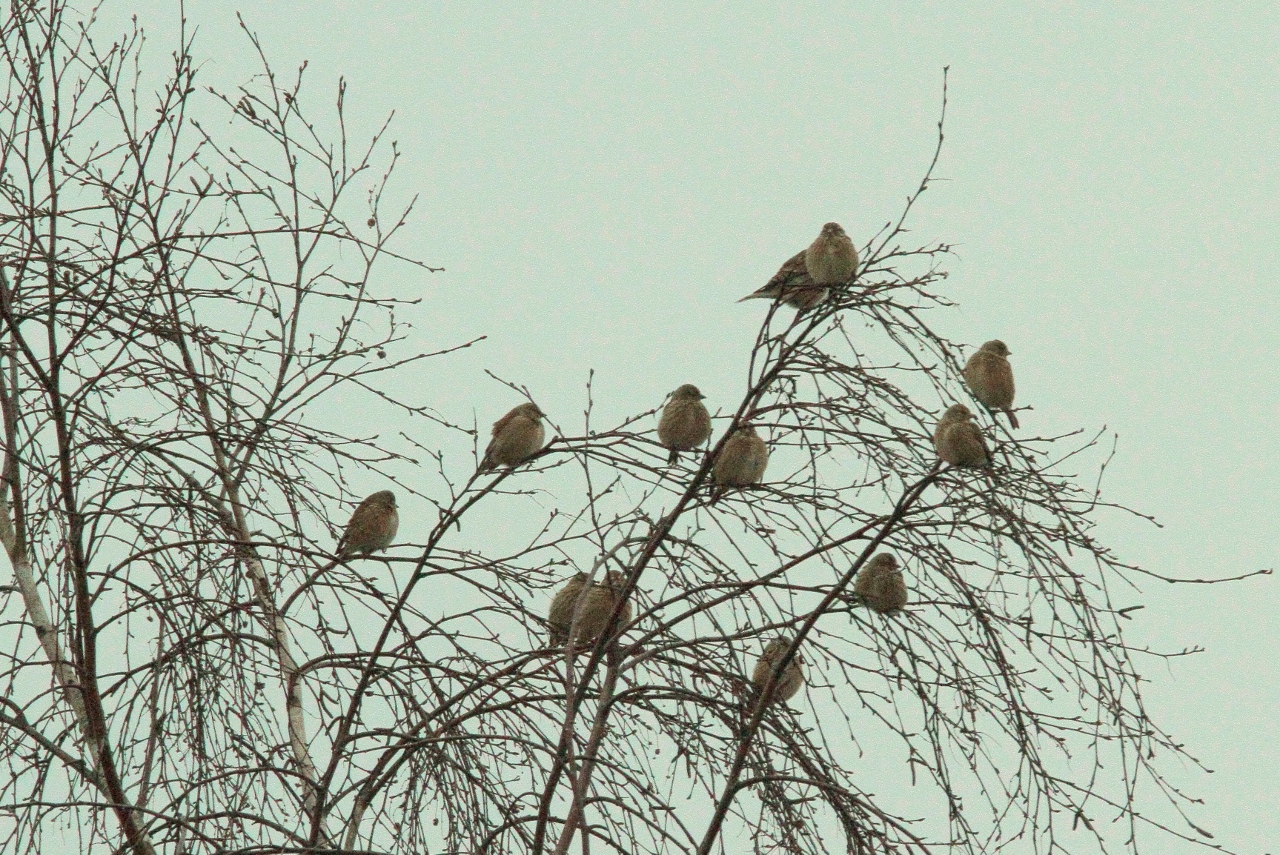
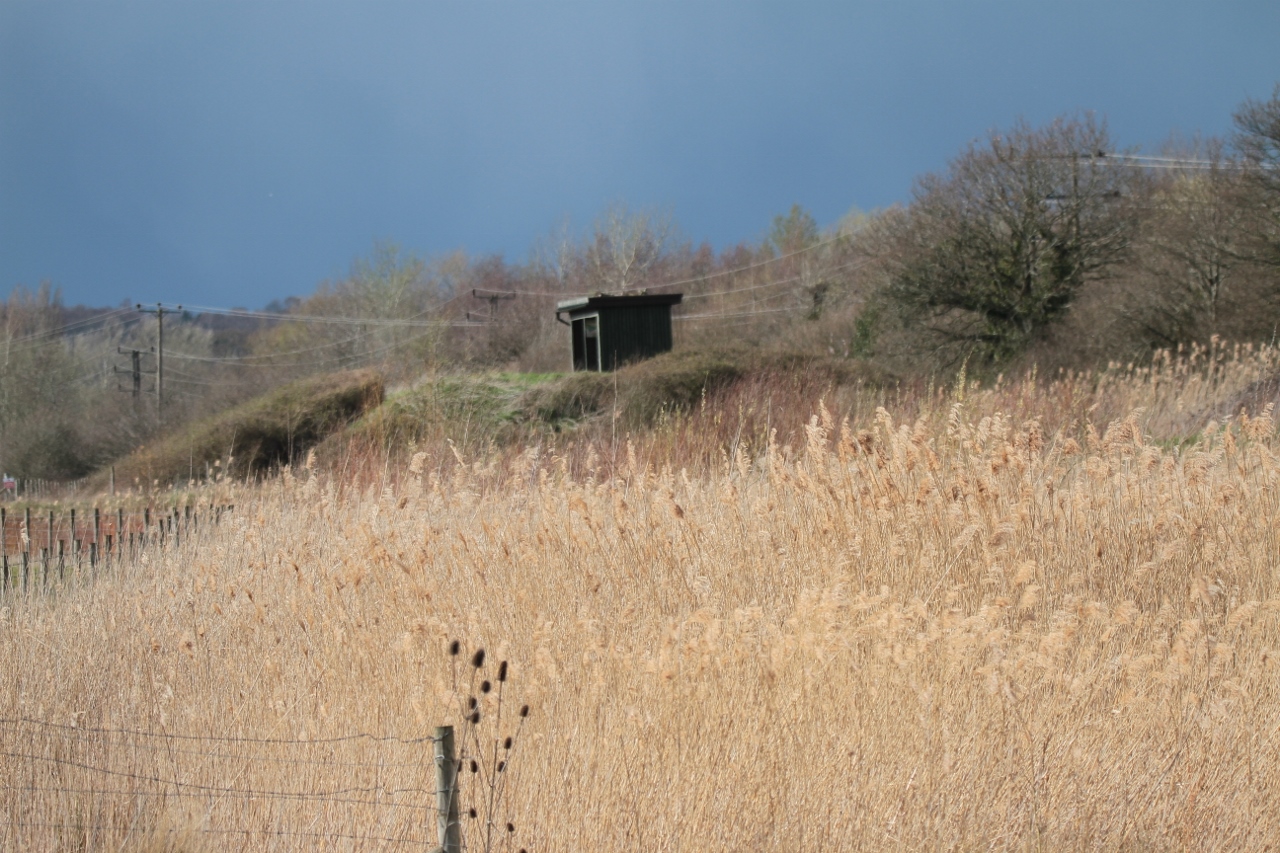
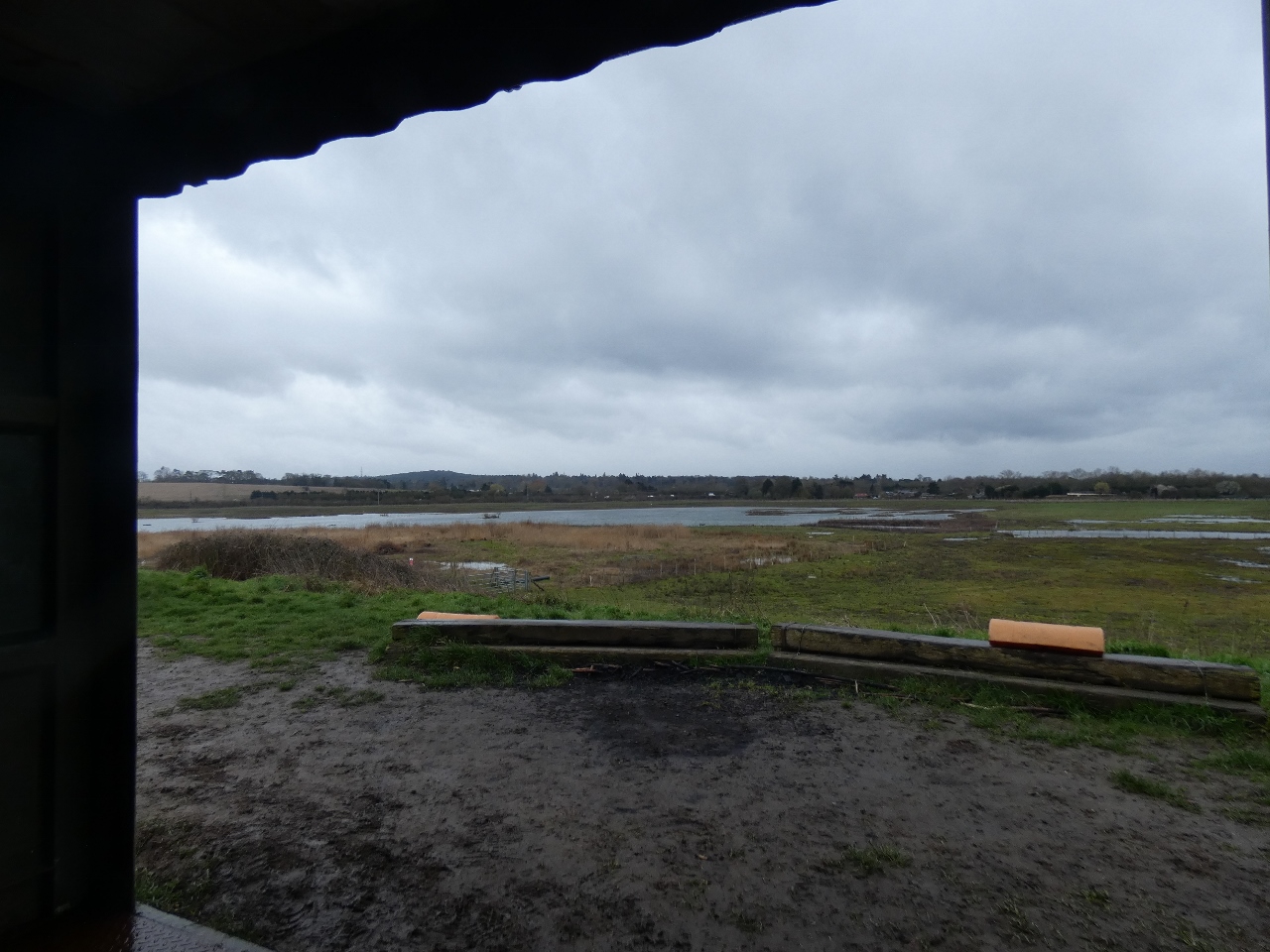
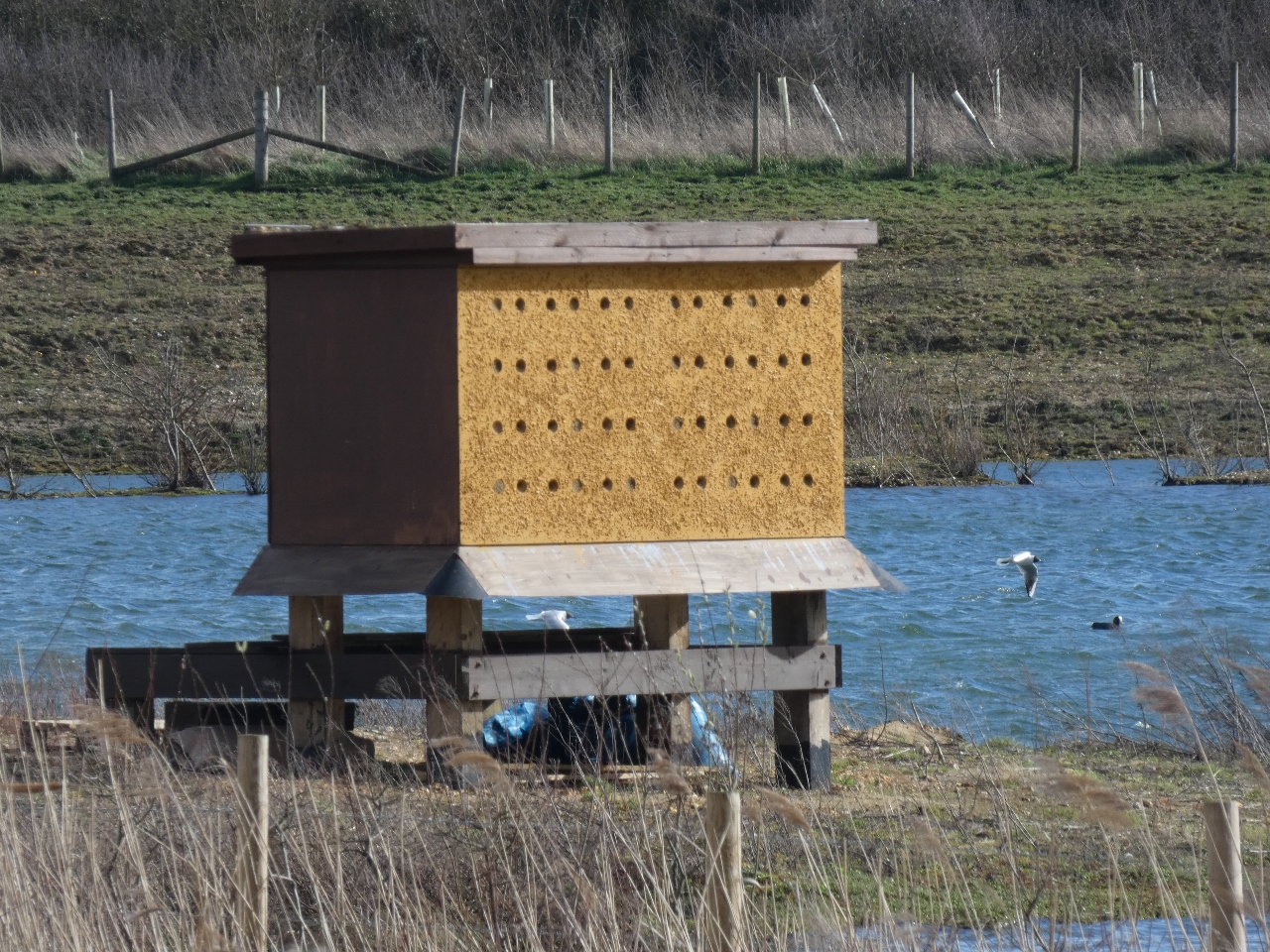
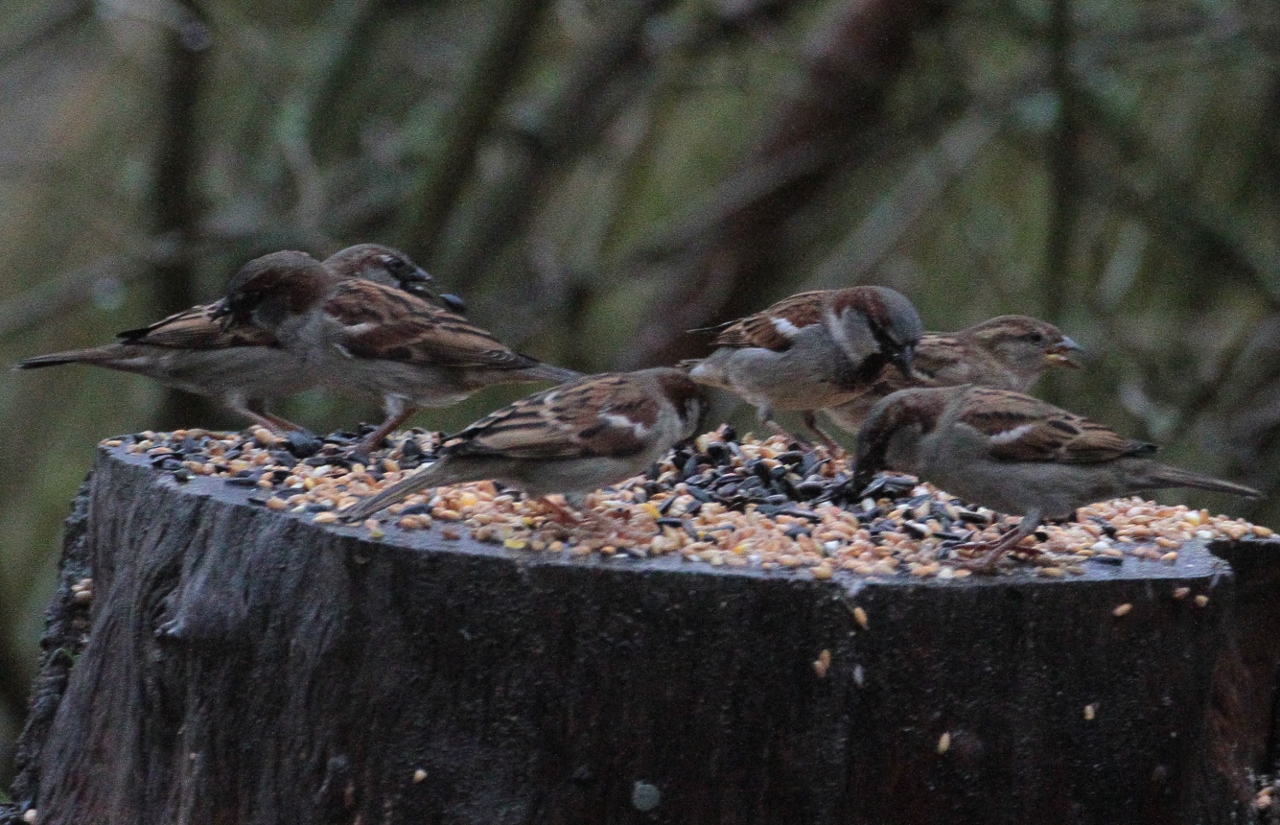
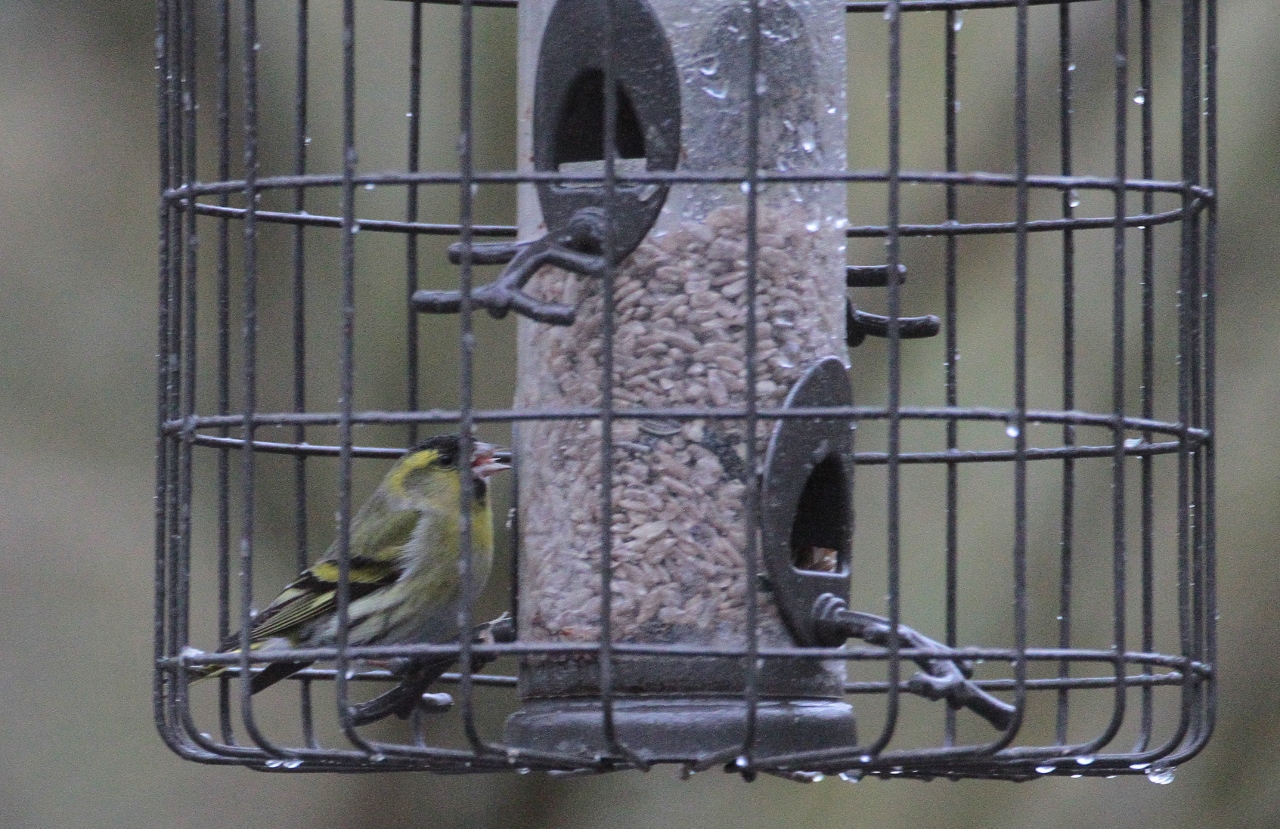
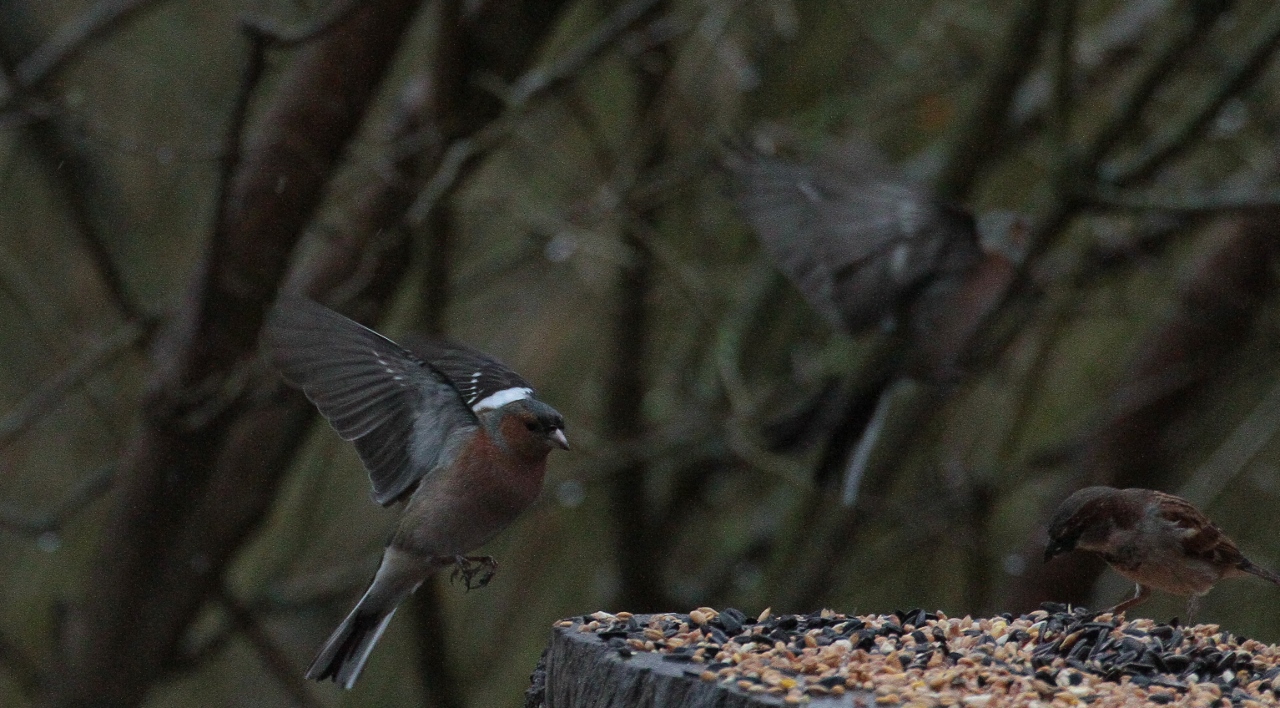
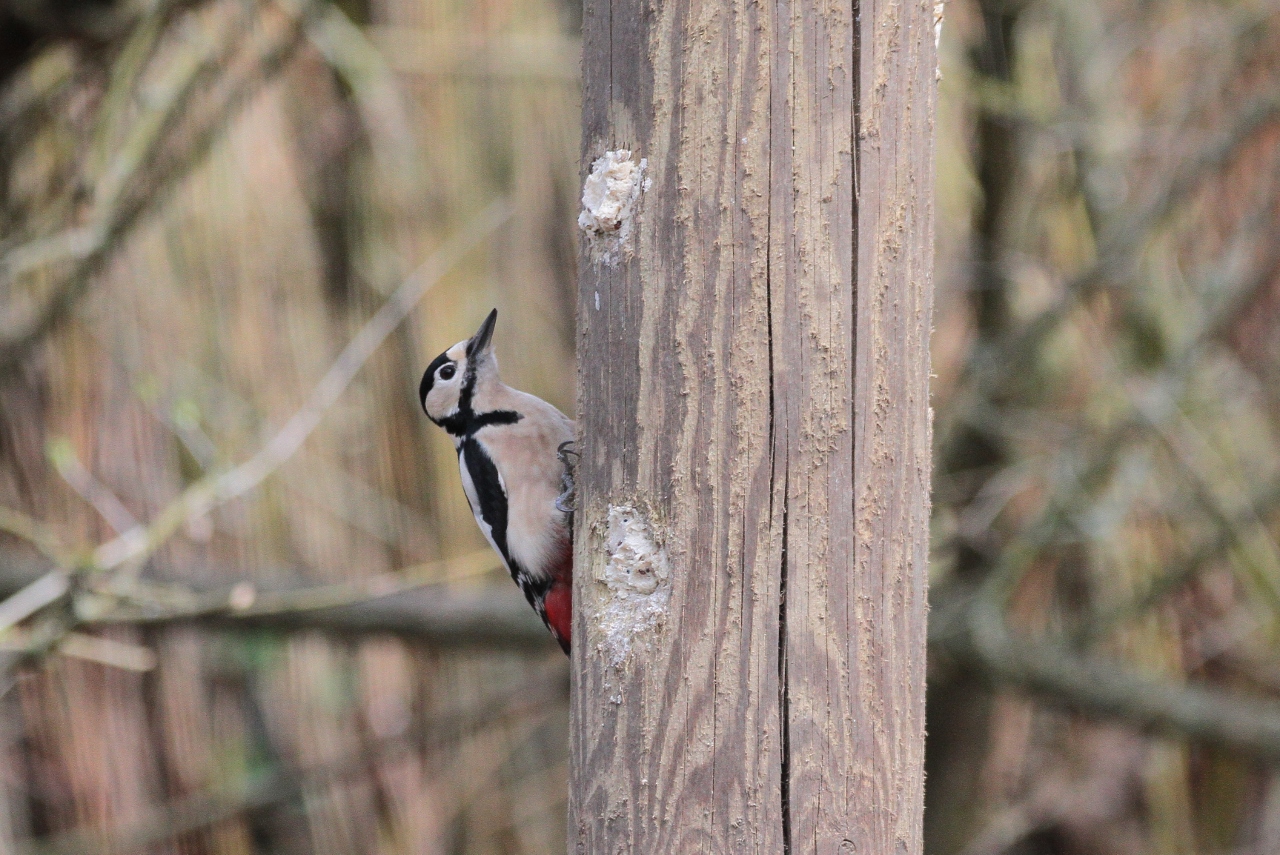
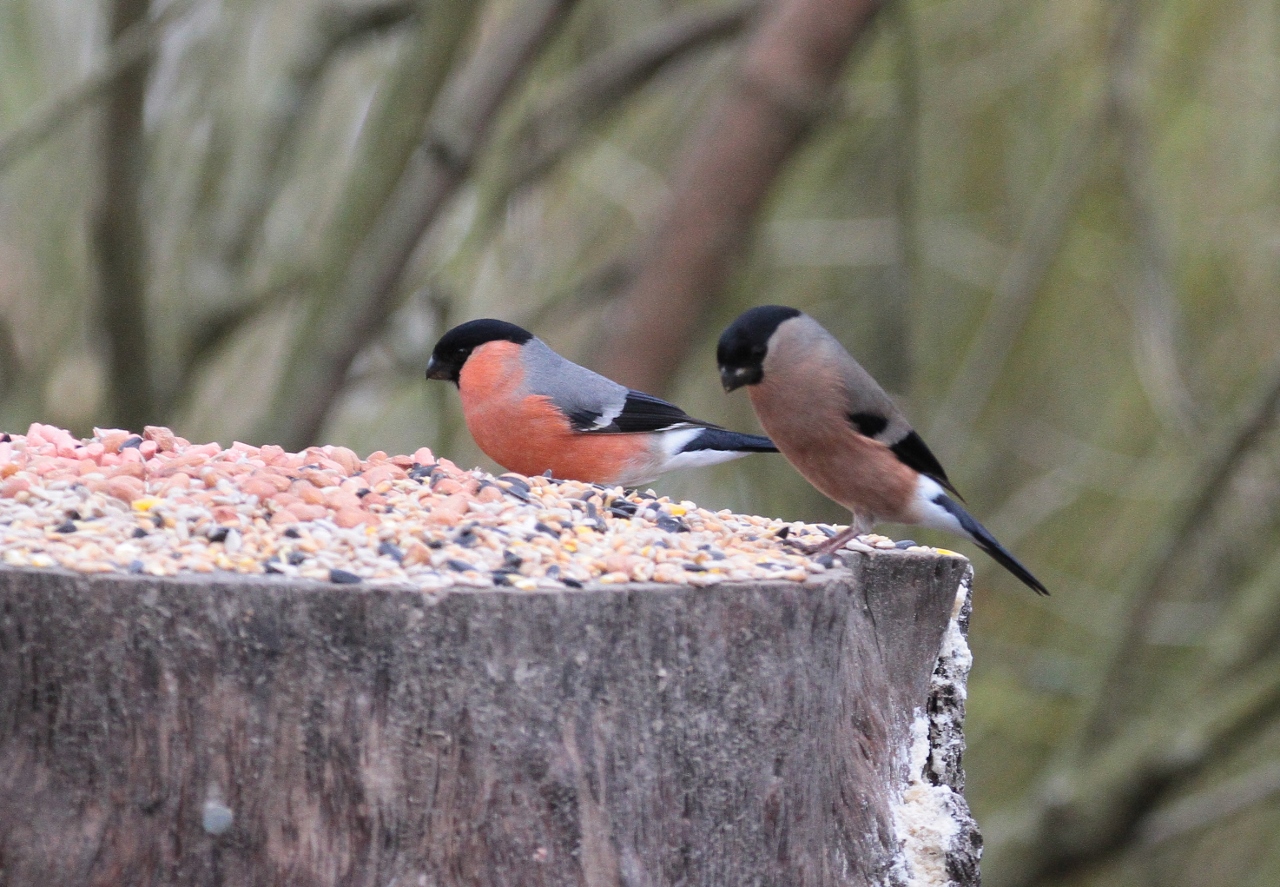
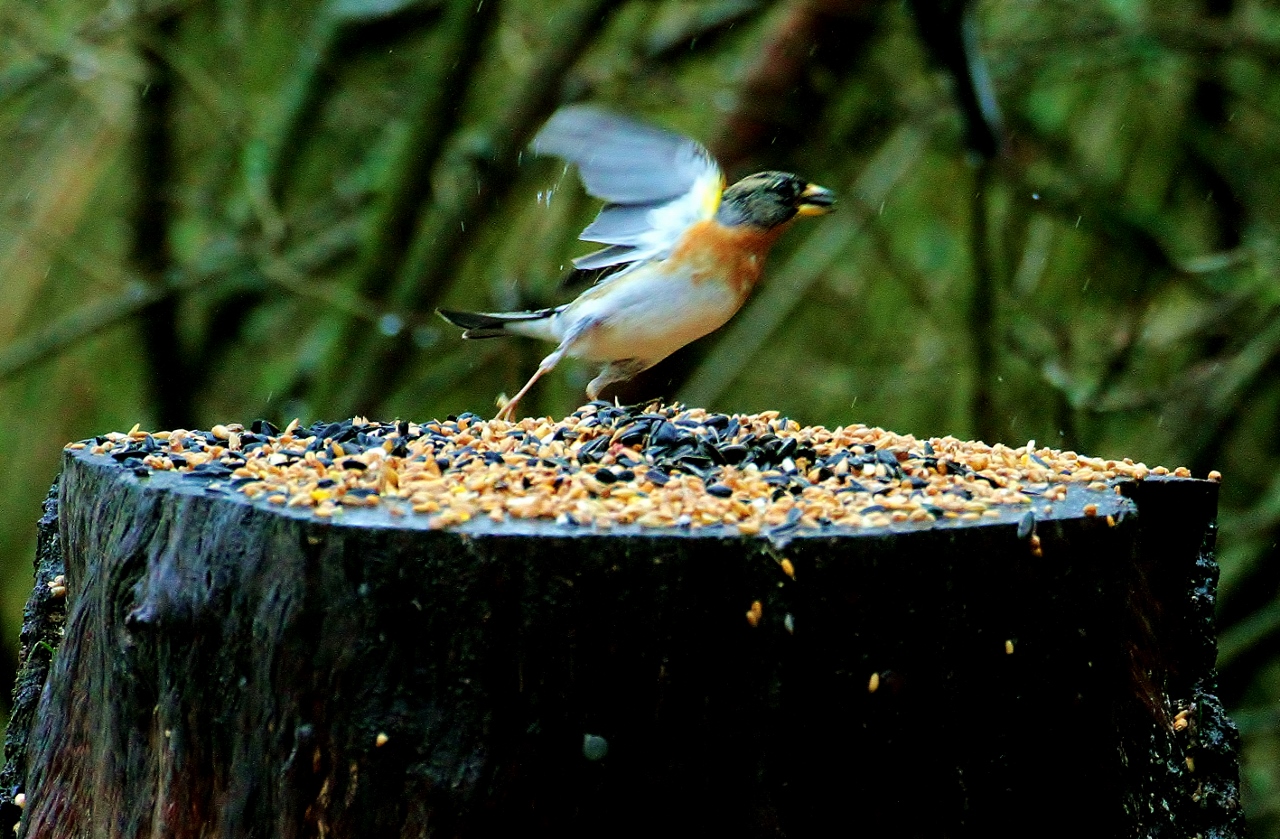
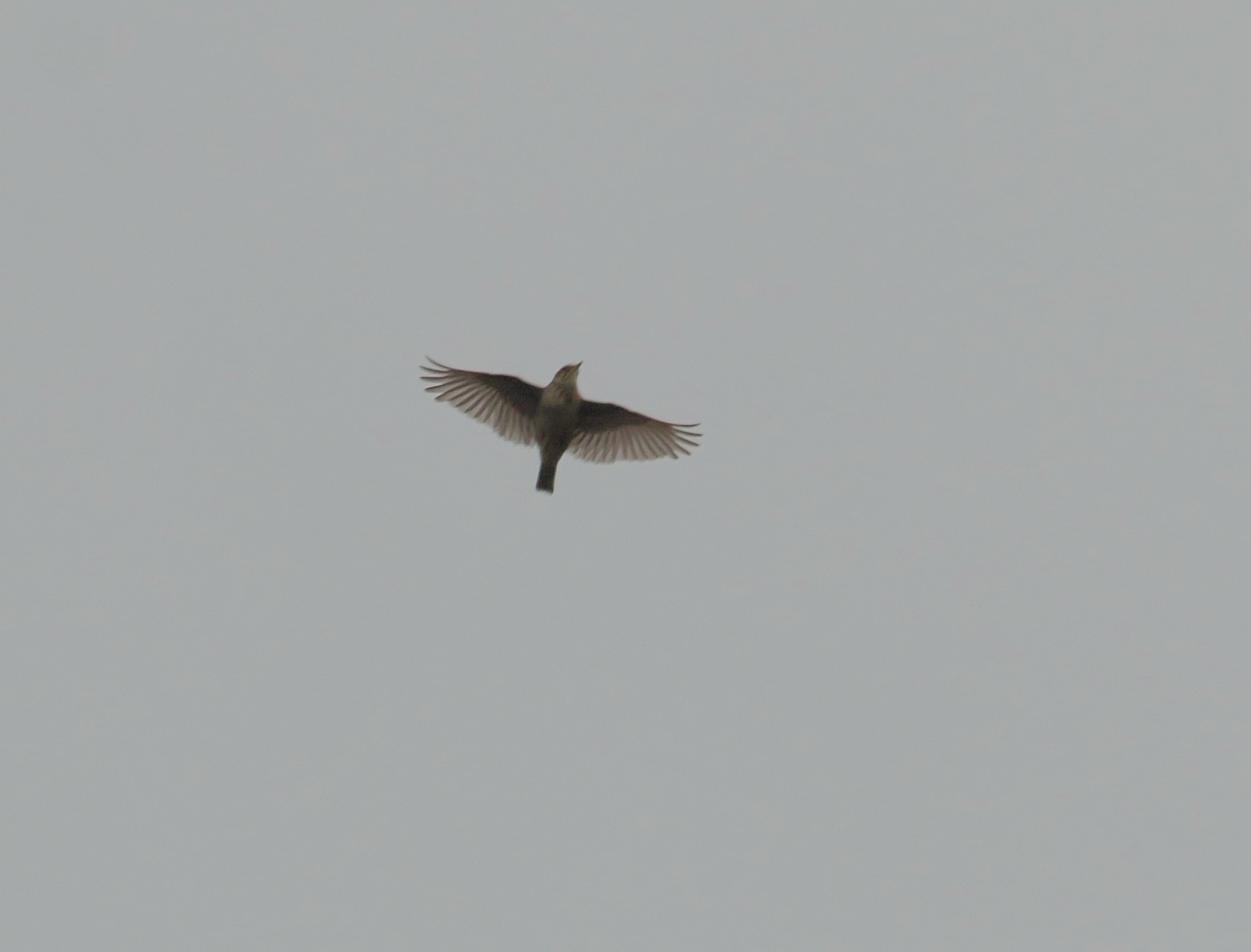


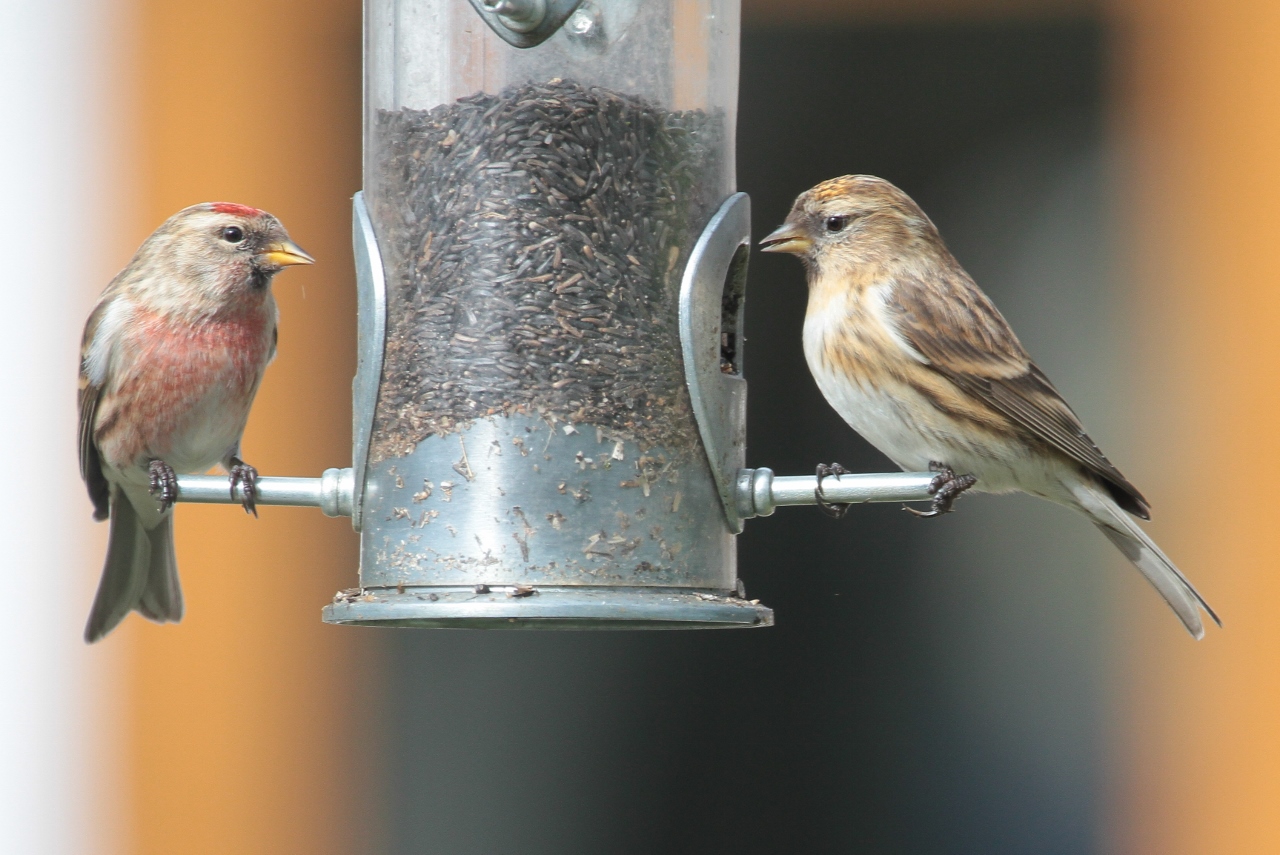
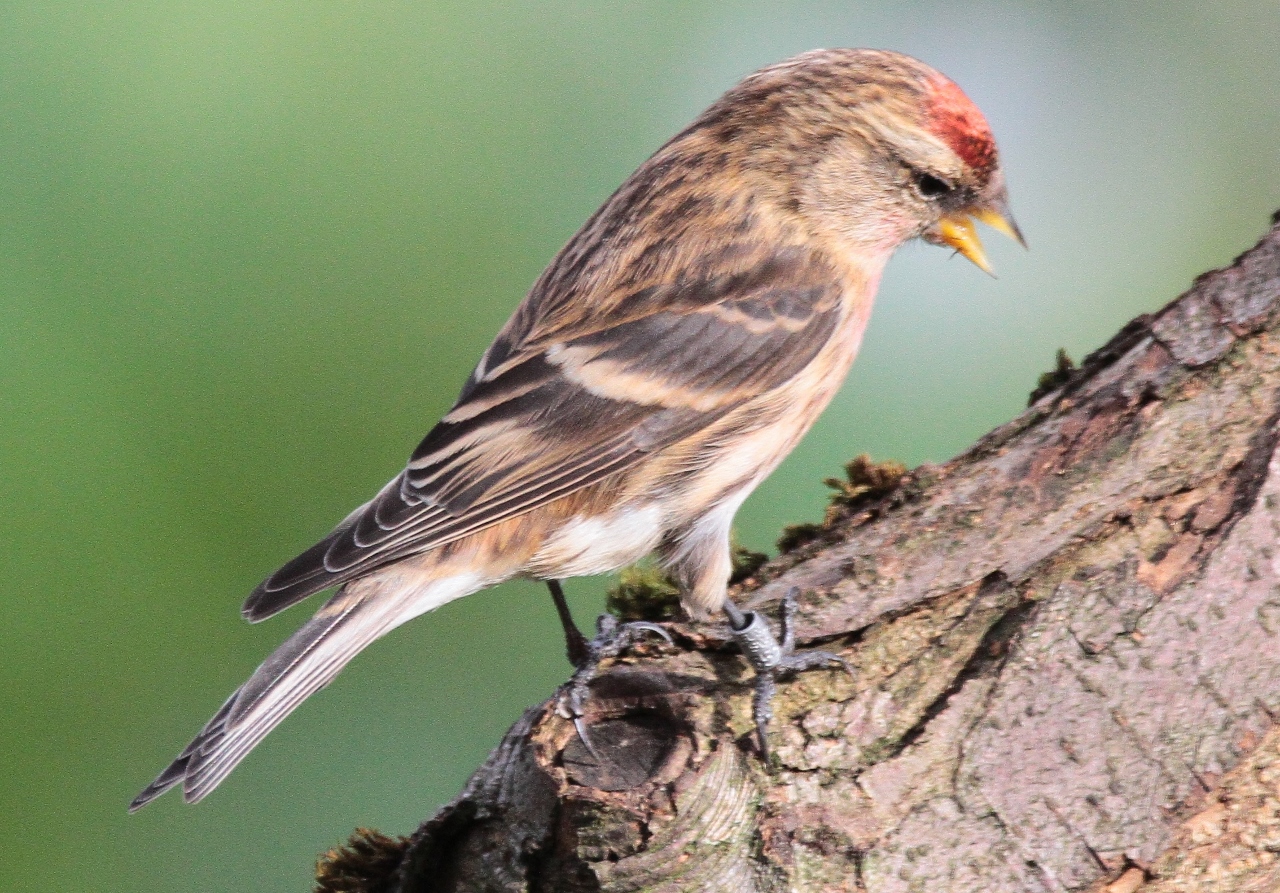
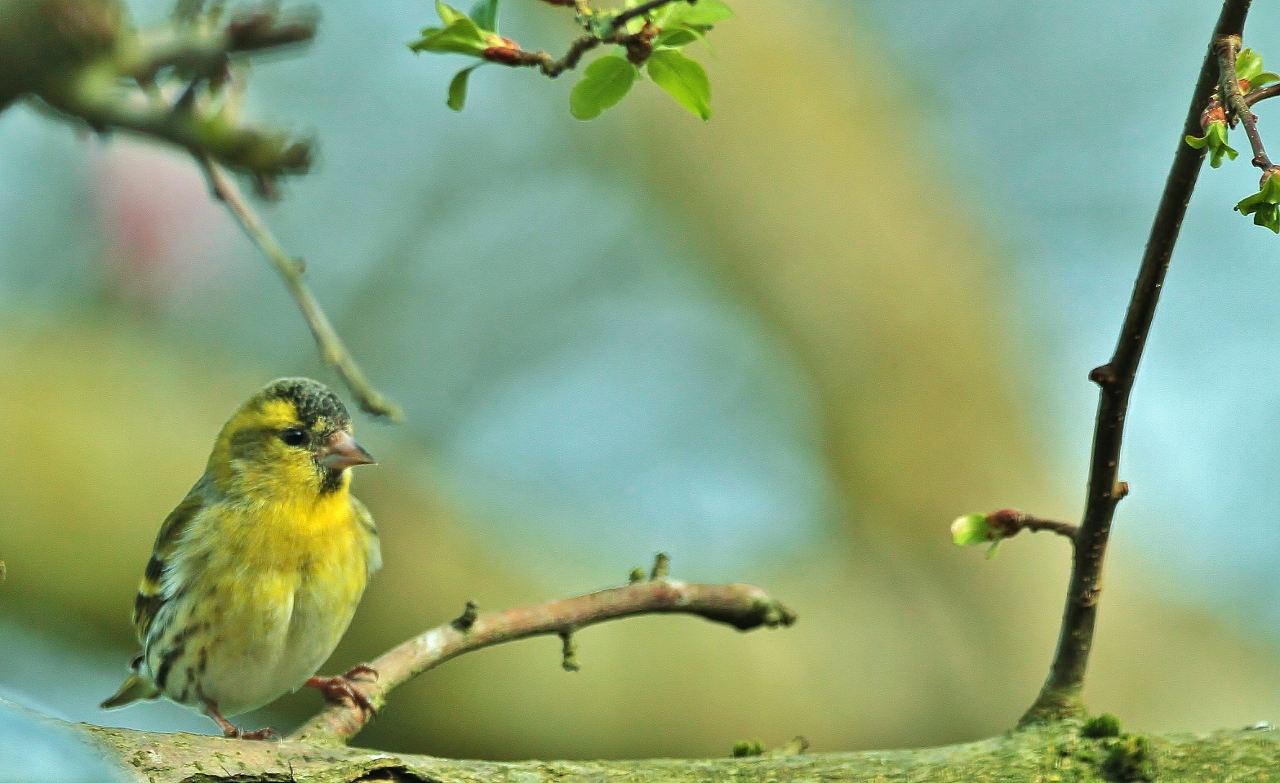
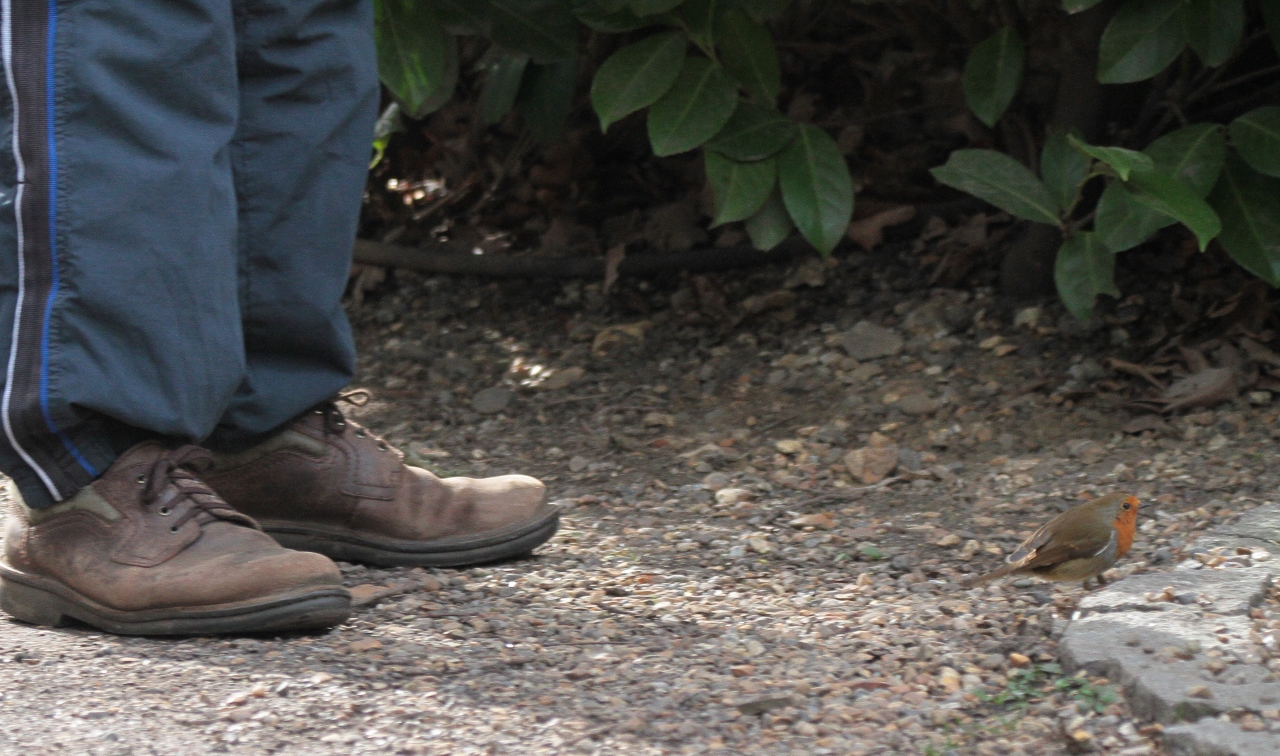
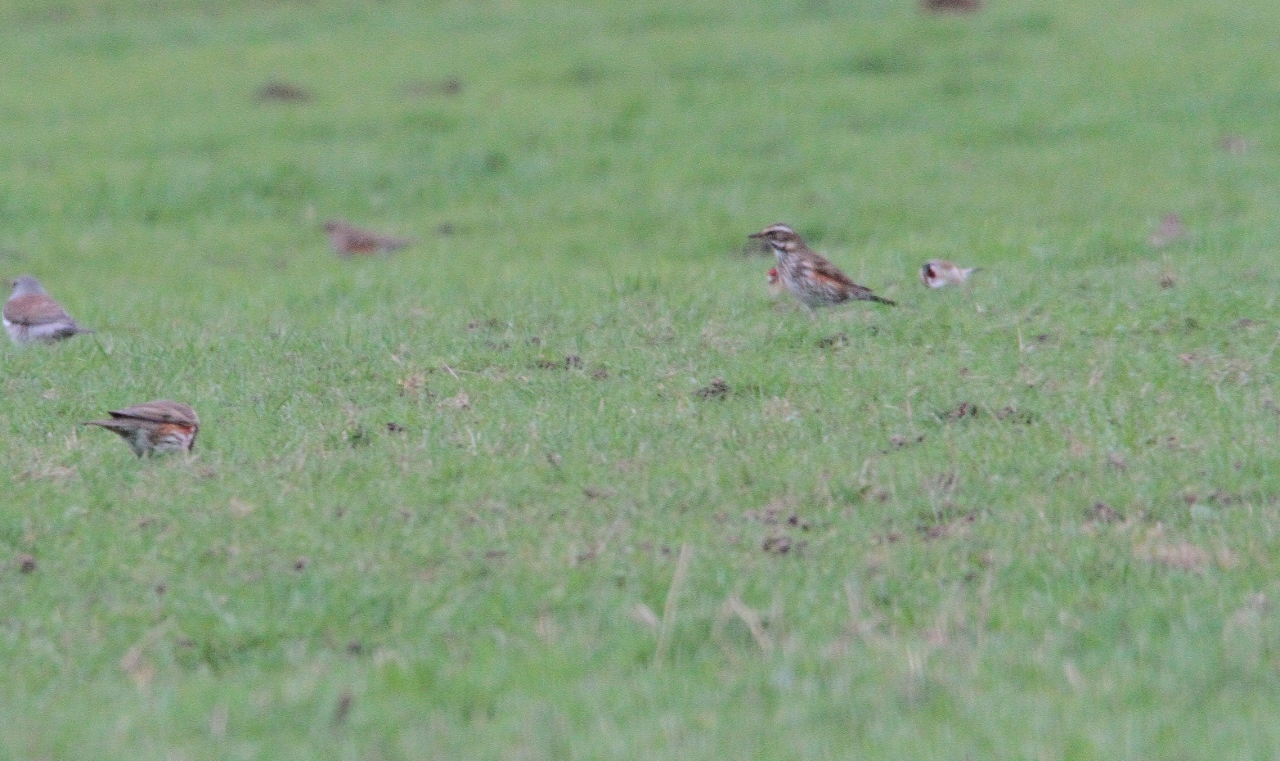
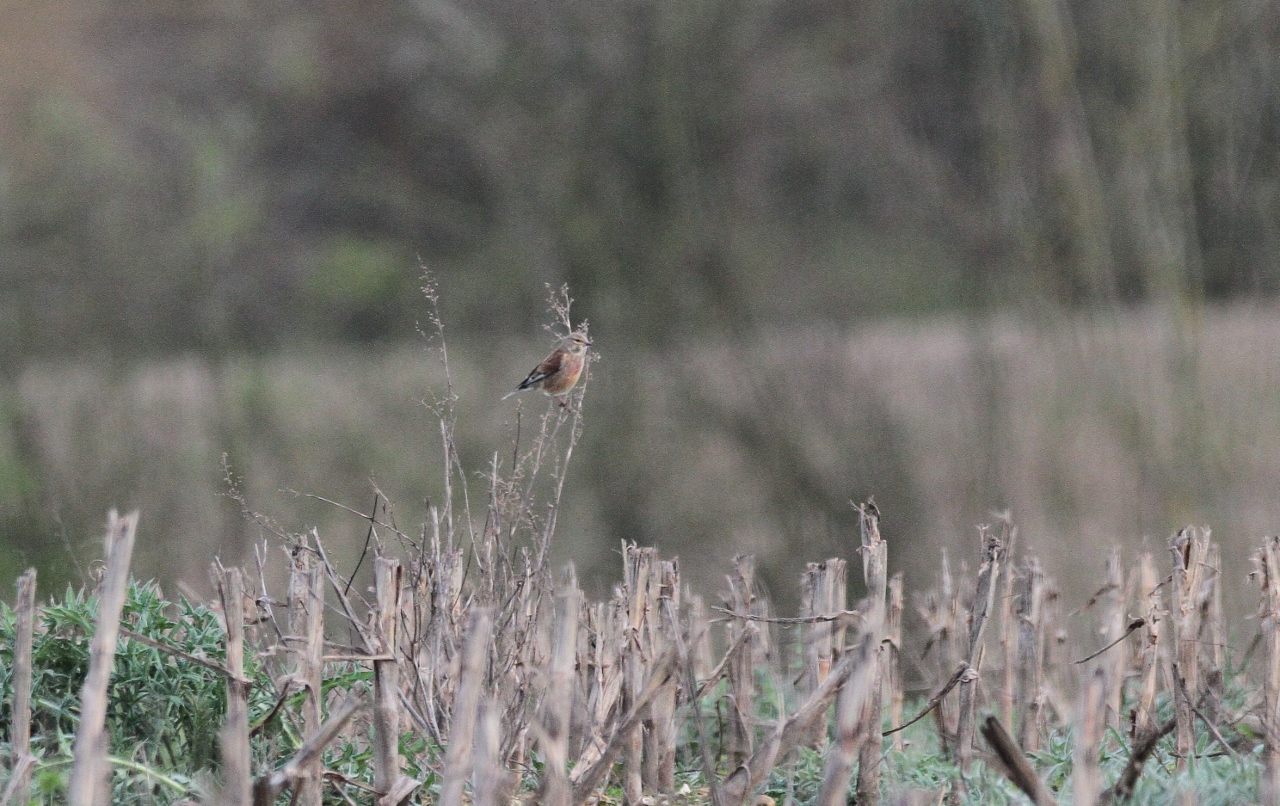
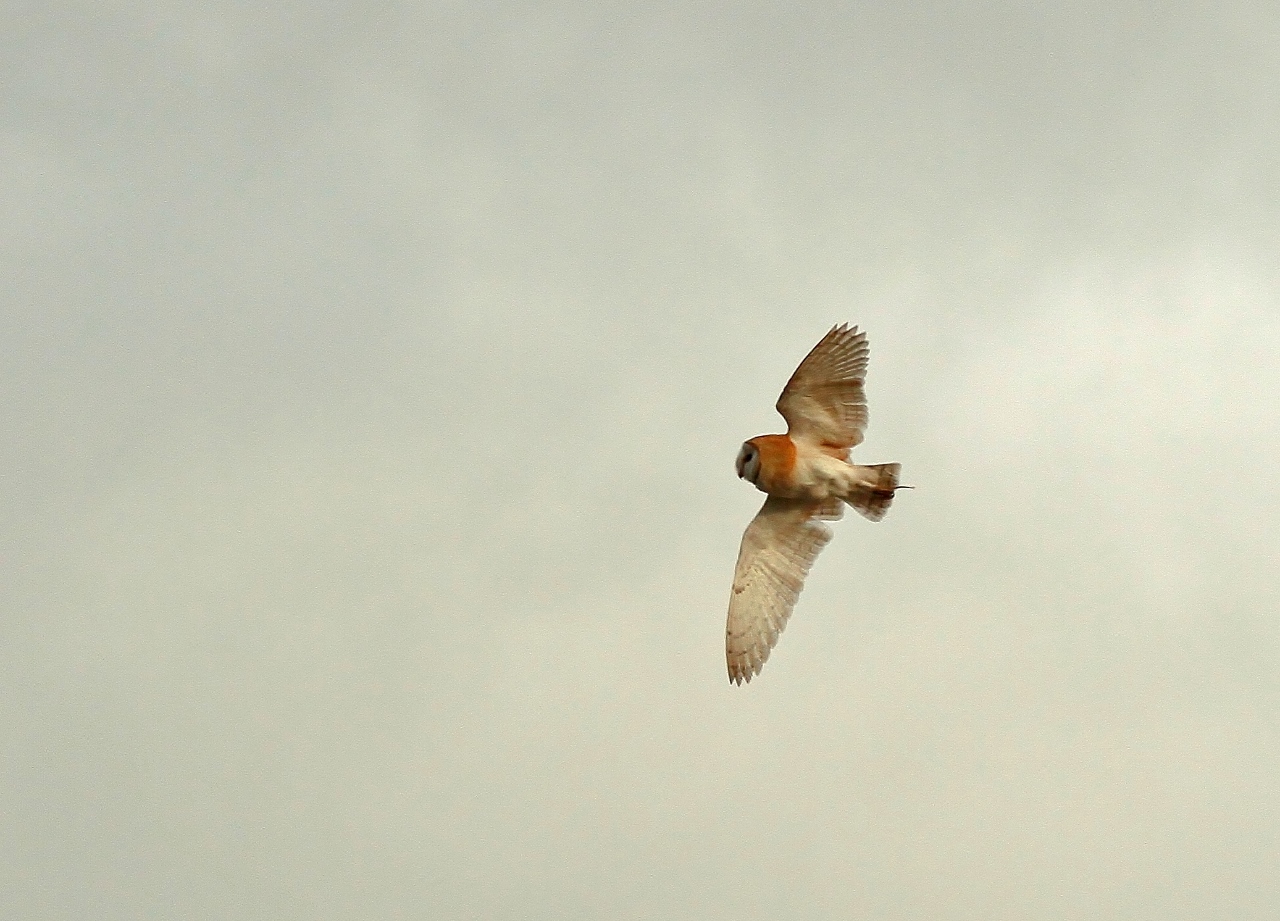
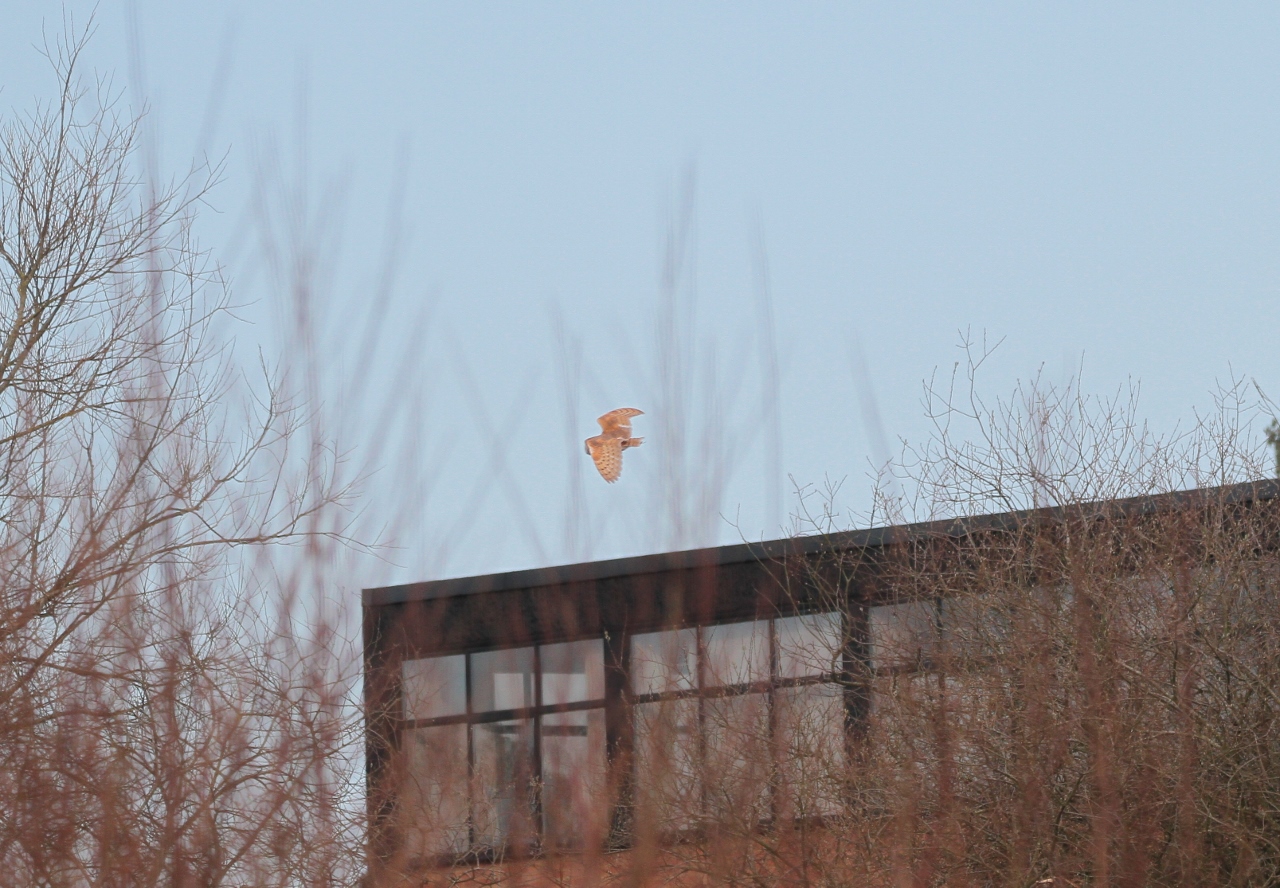
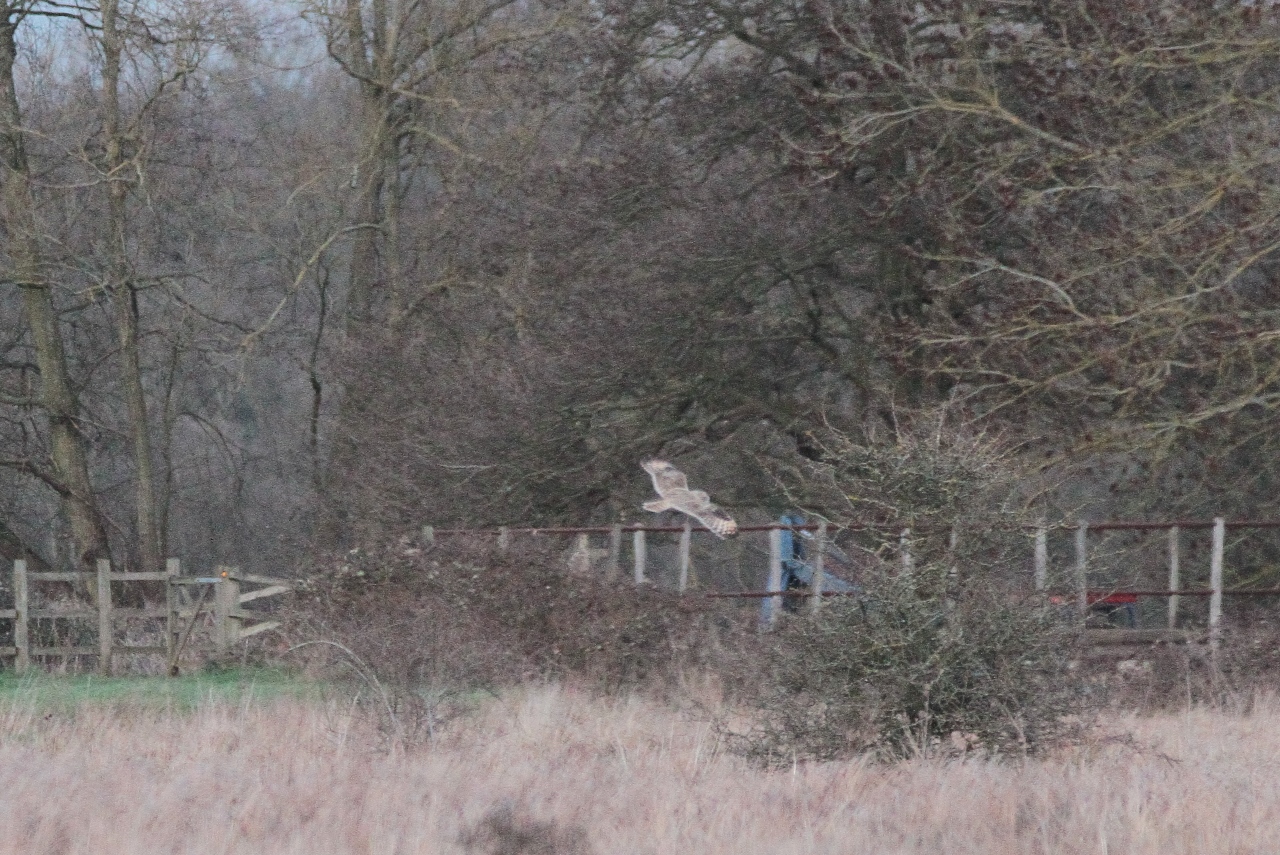
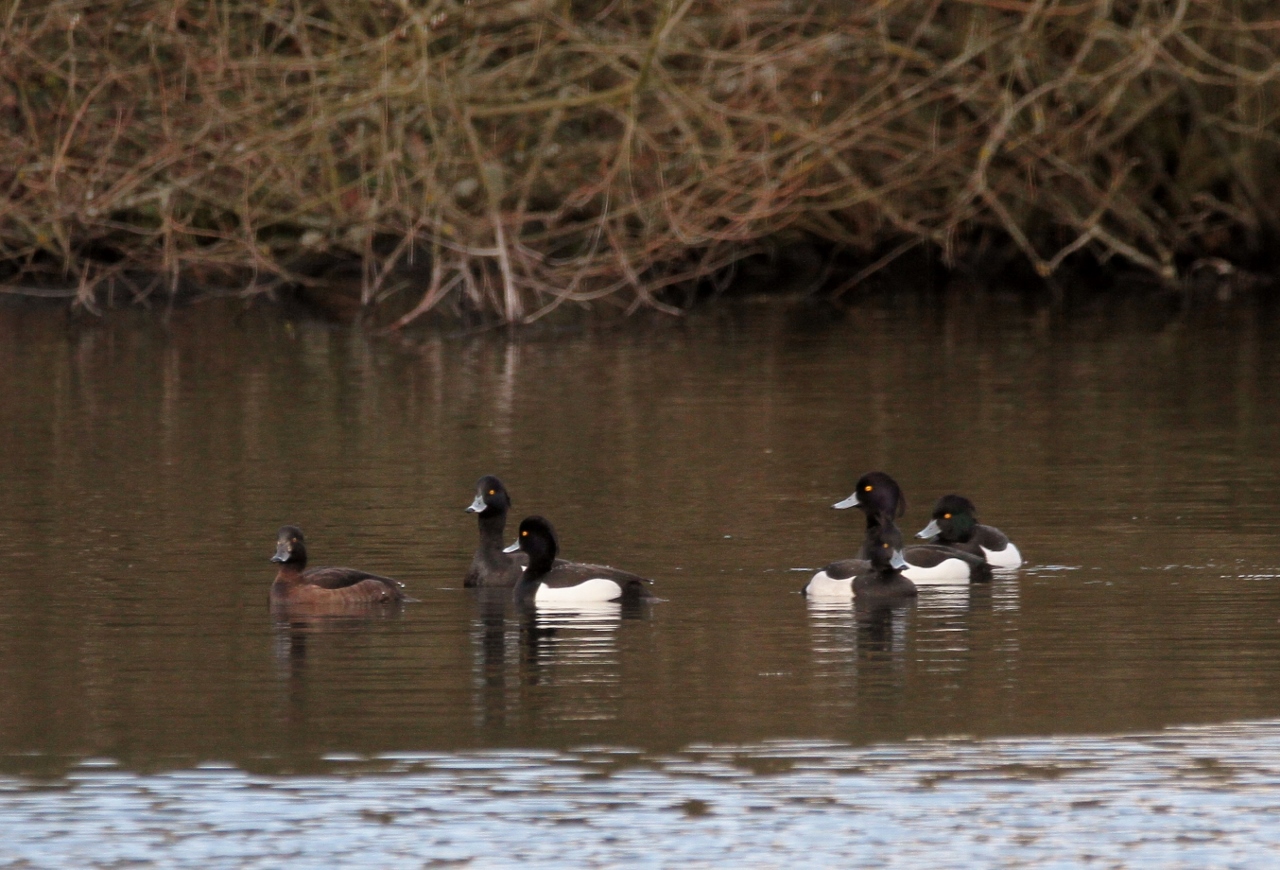
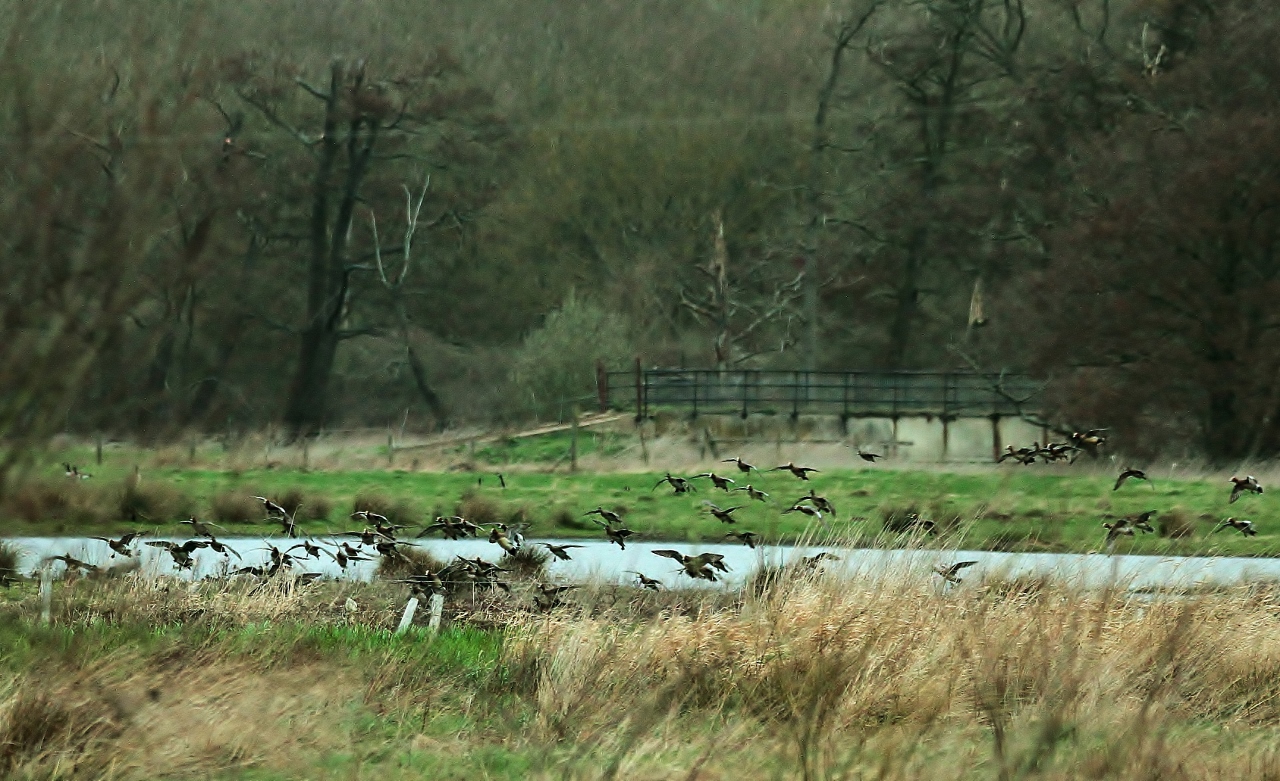


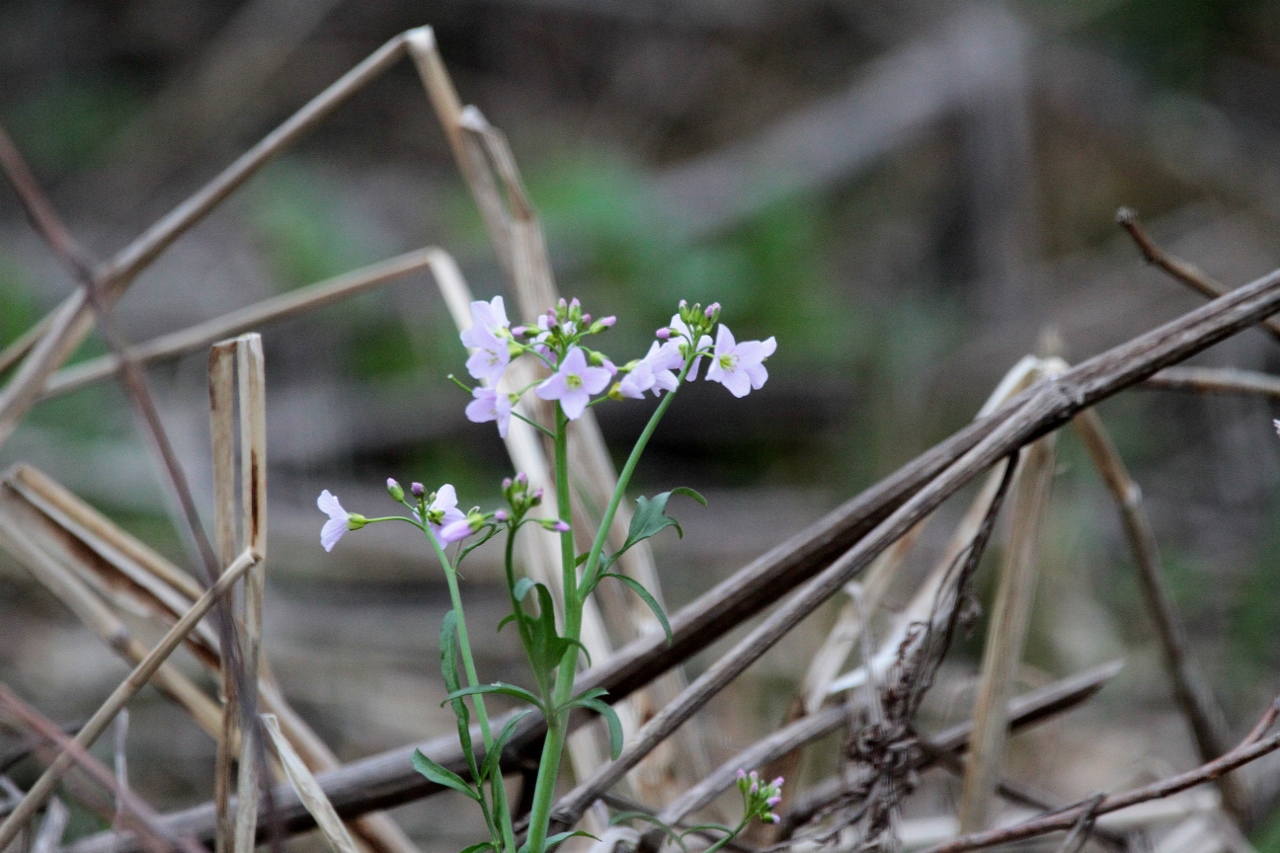
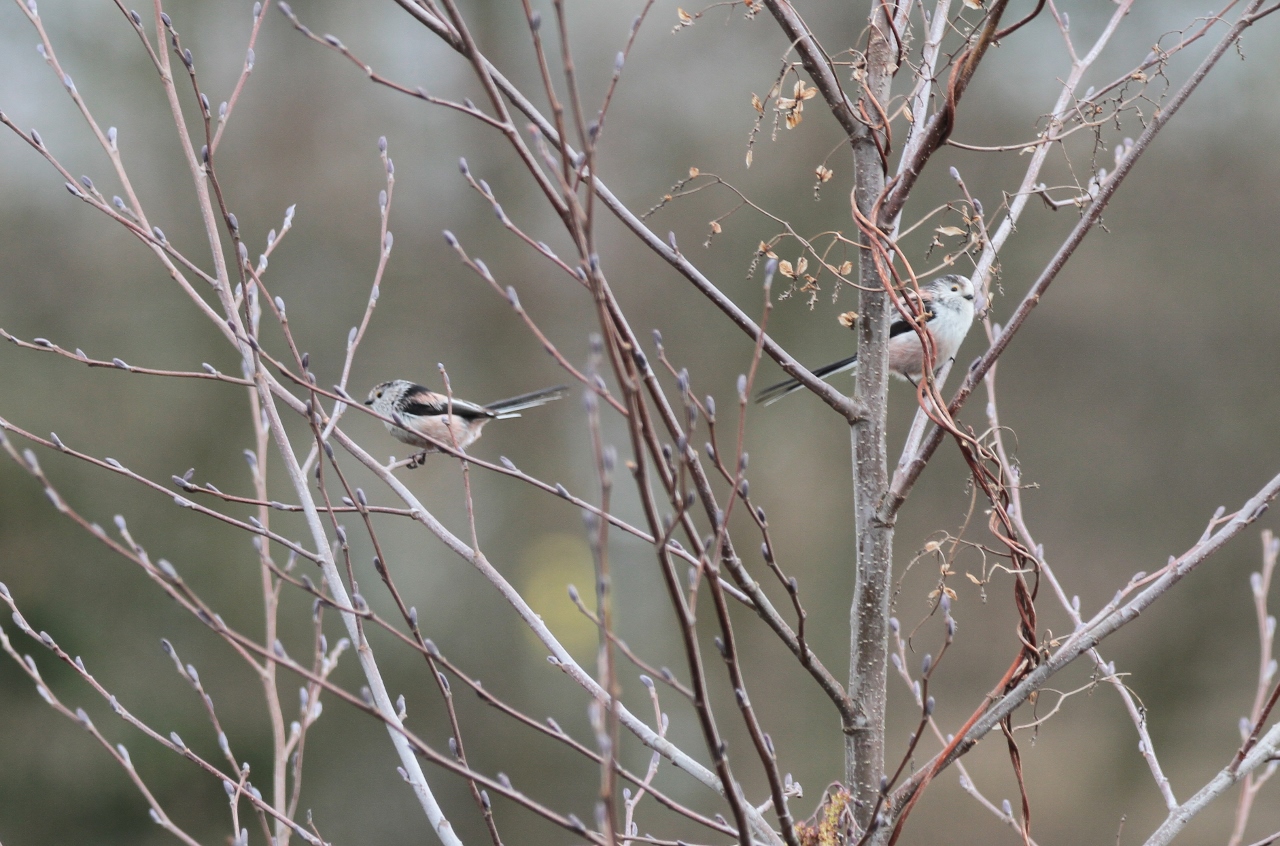
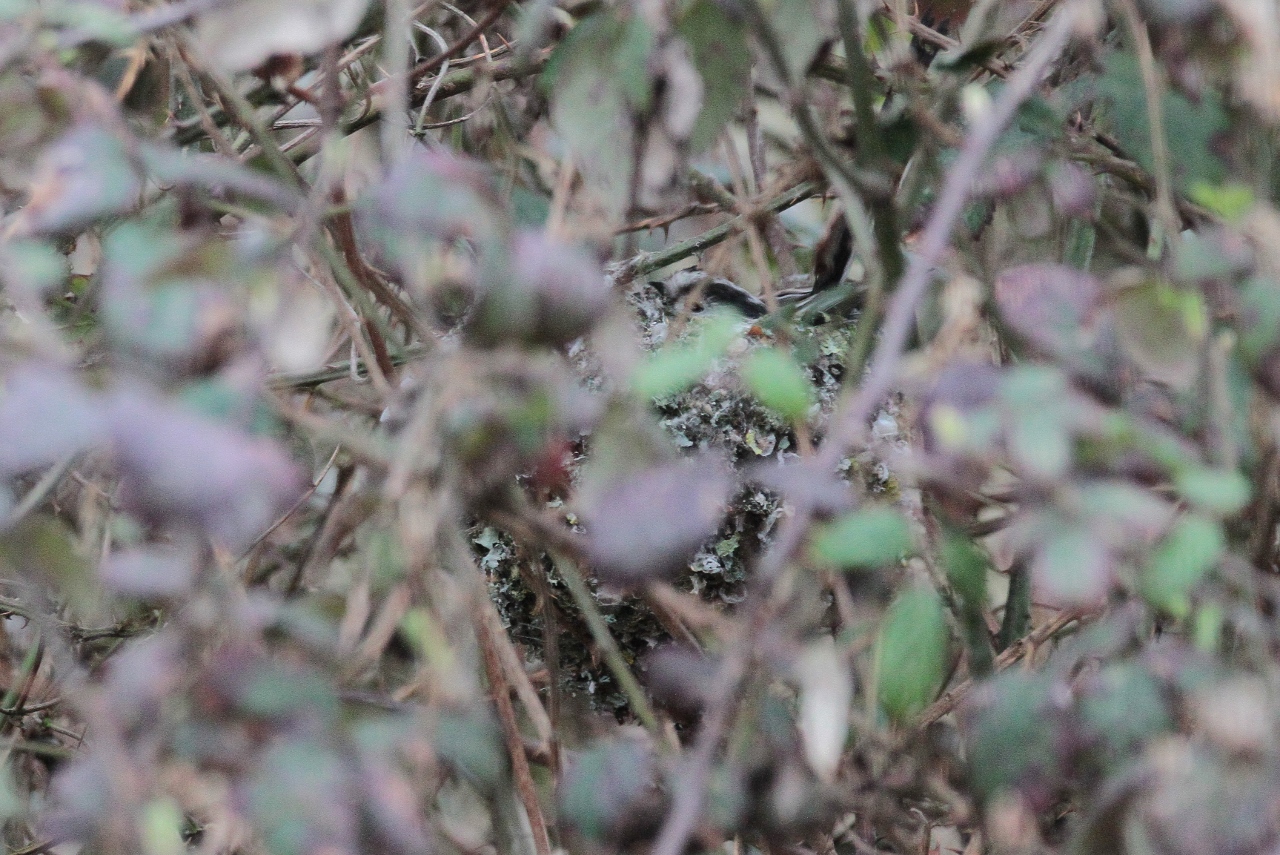
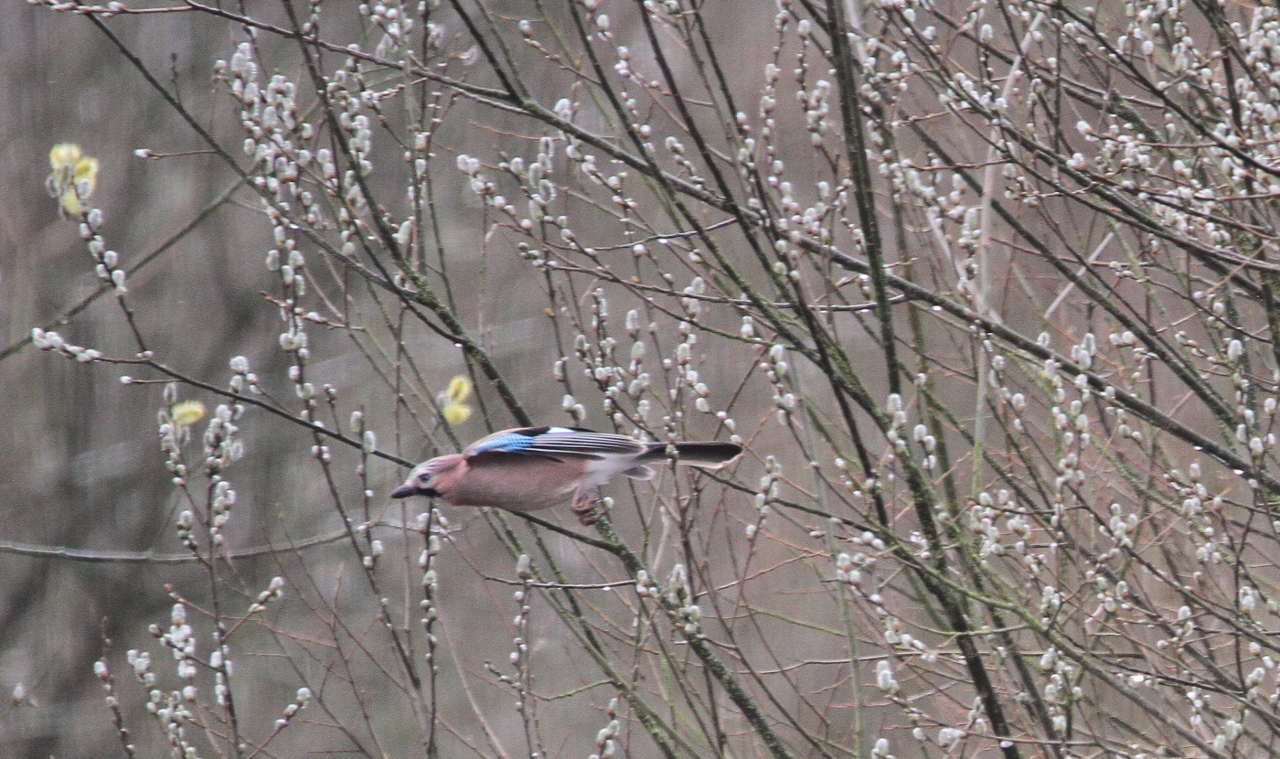
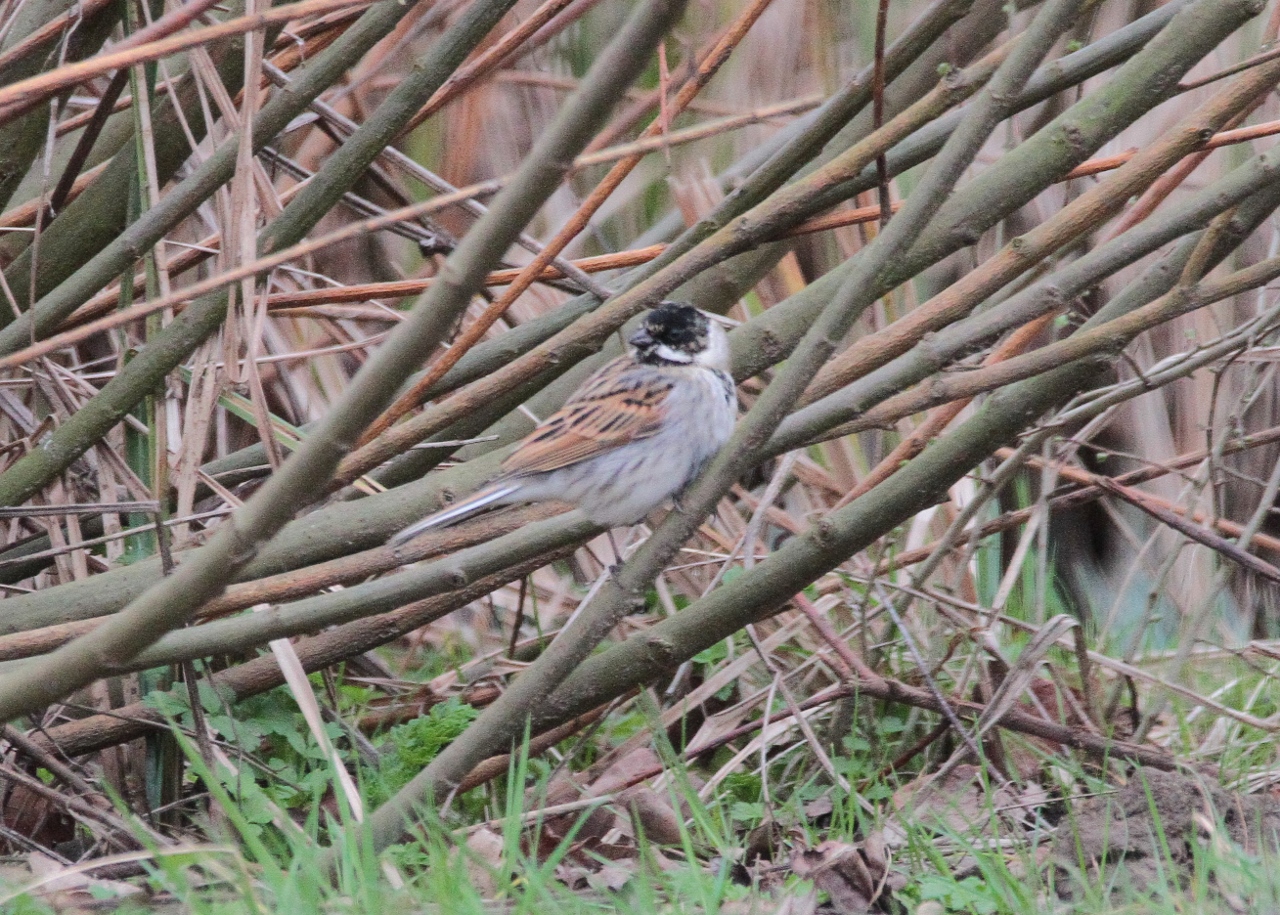
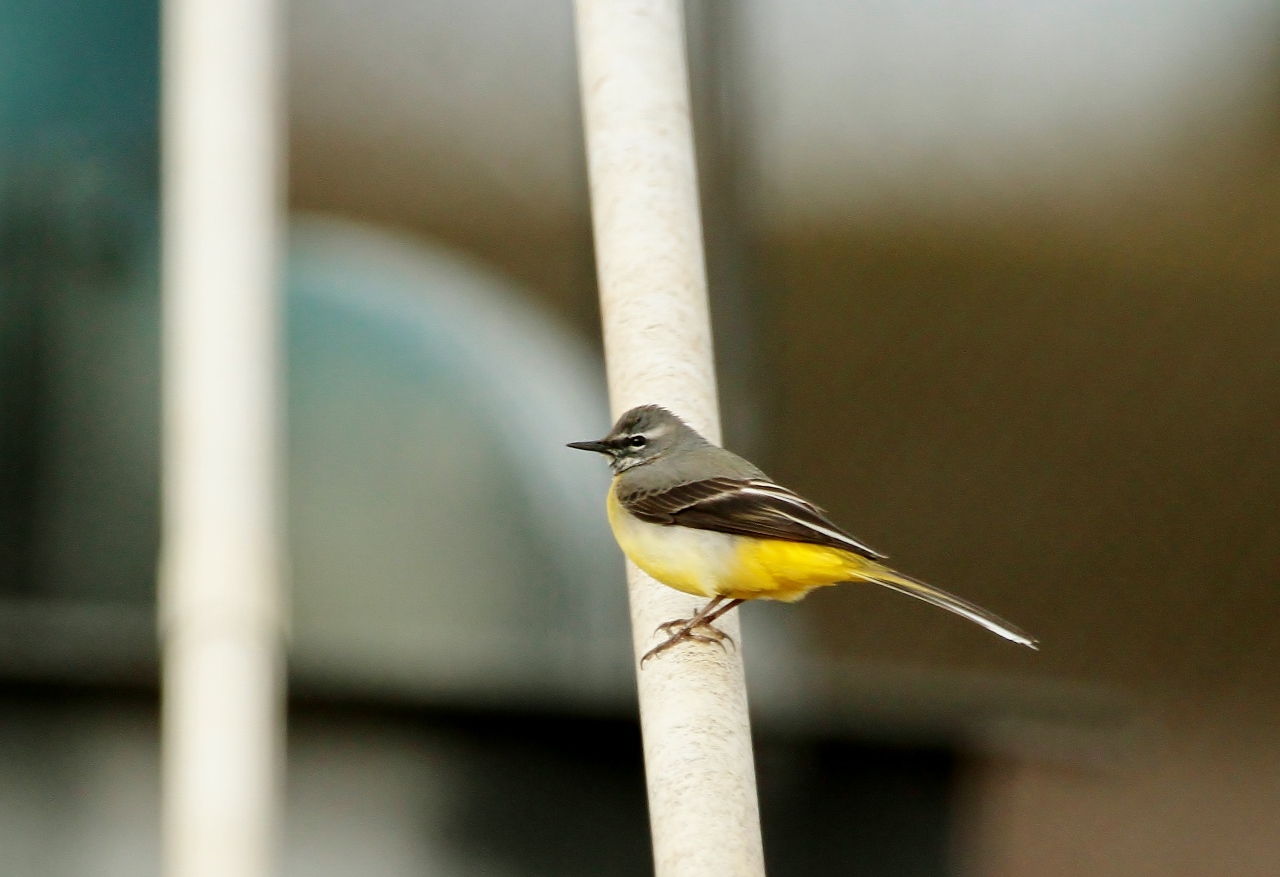
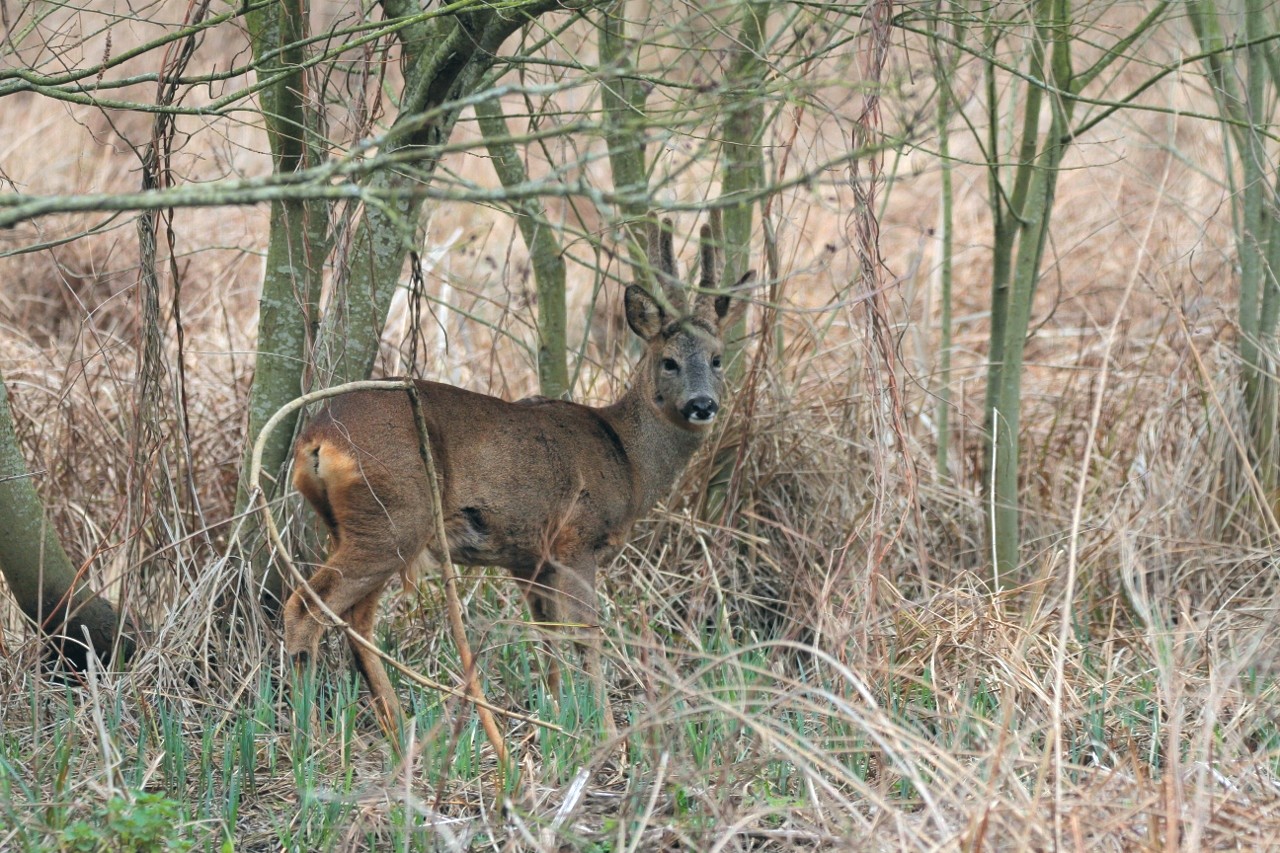






Recent Comments